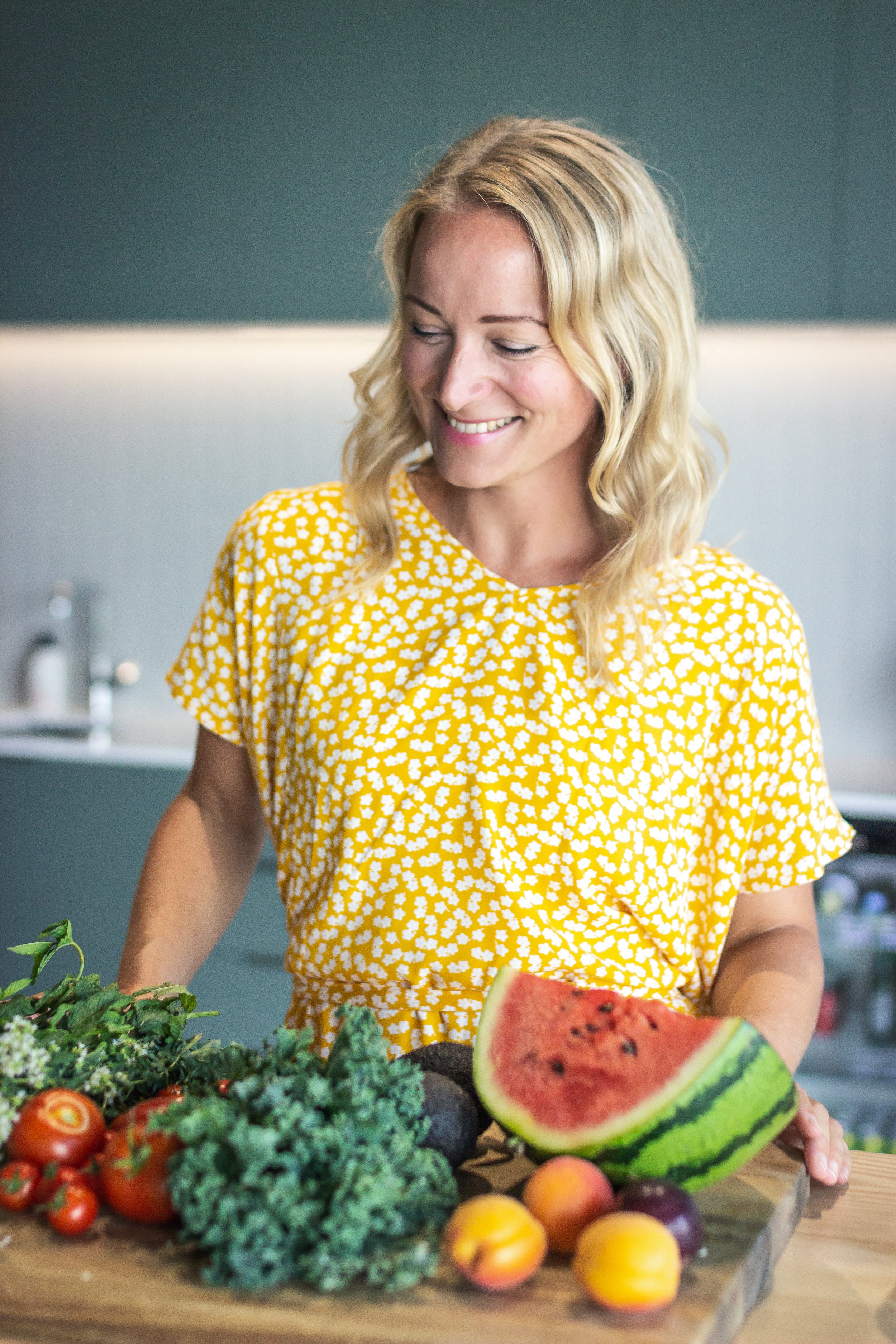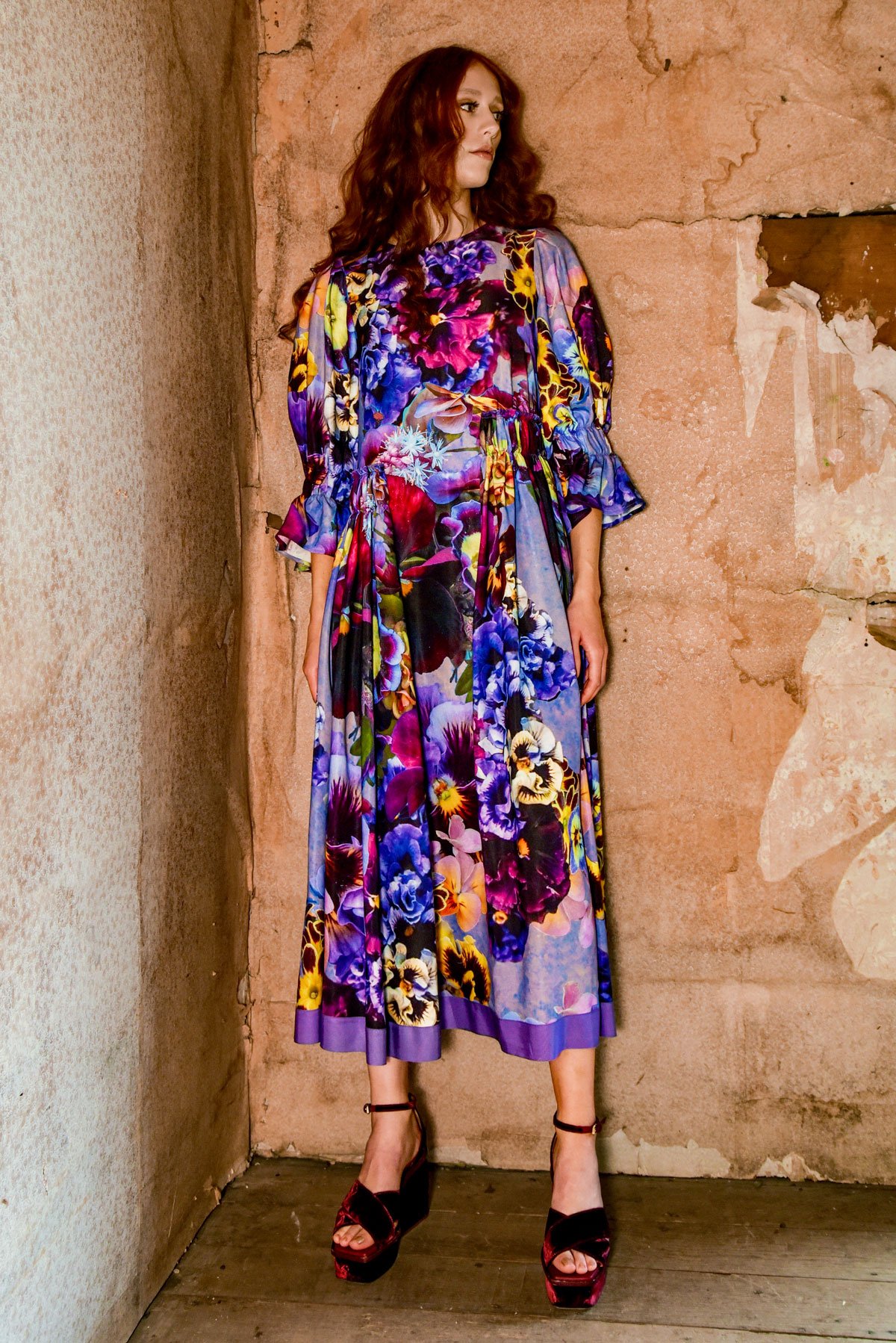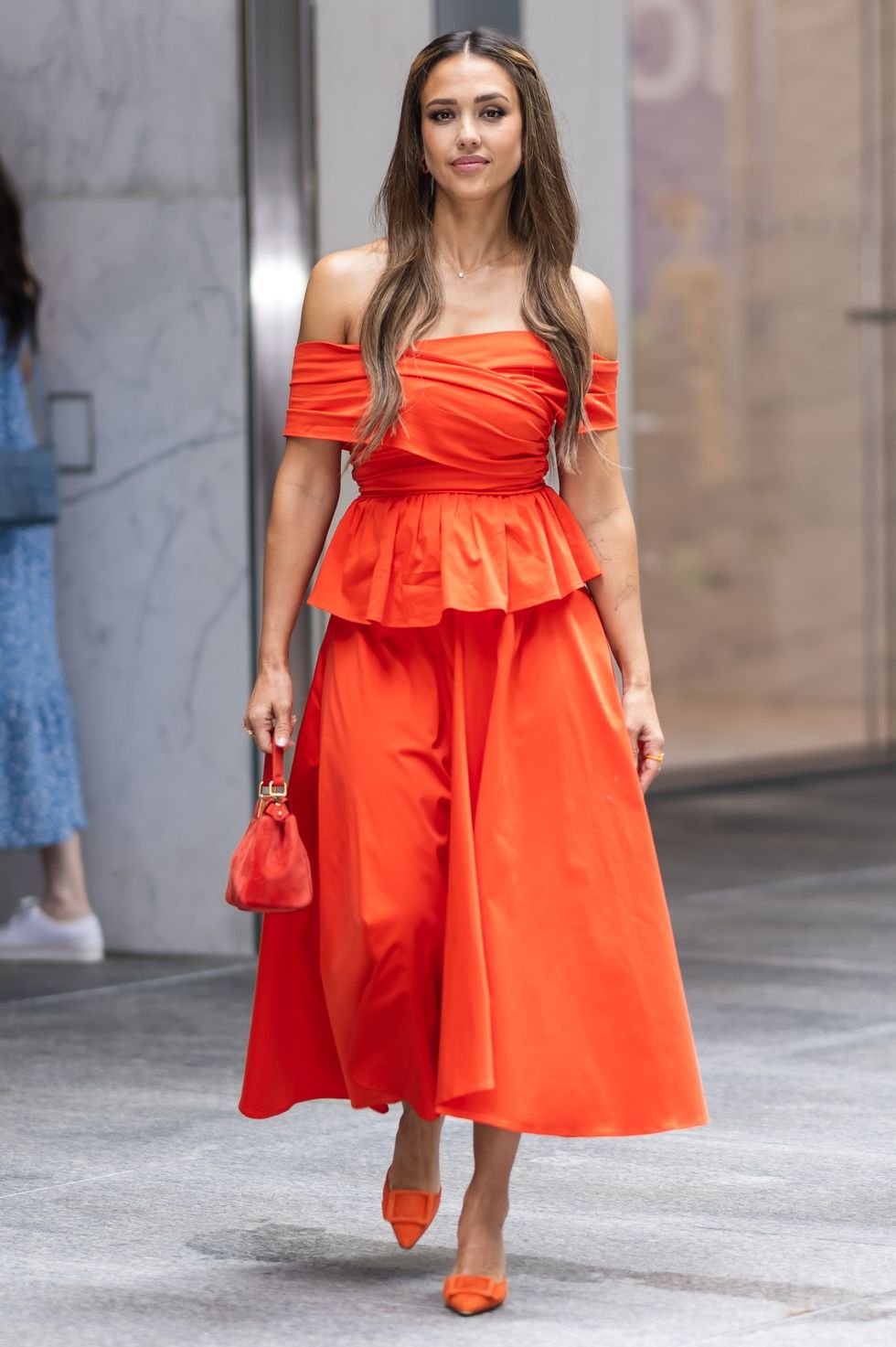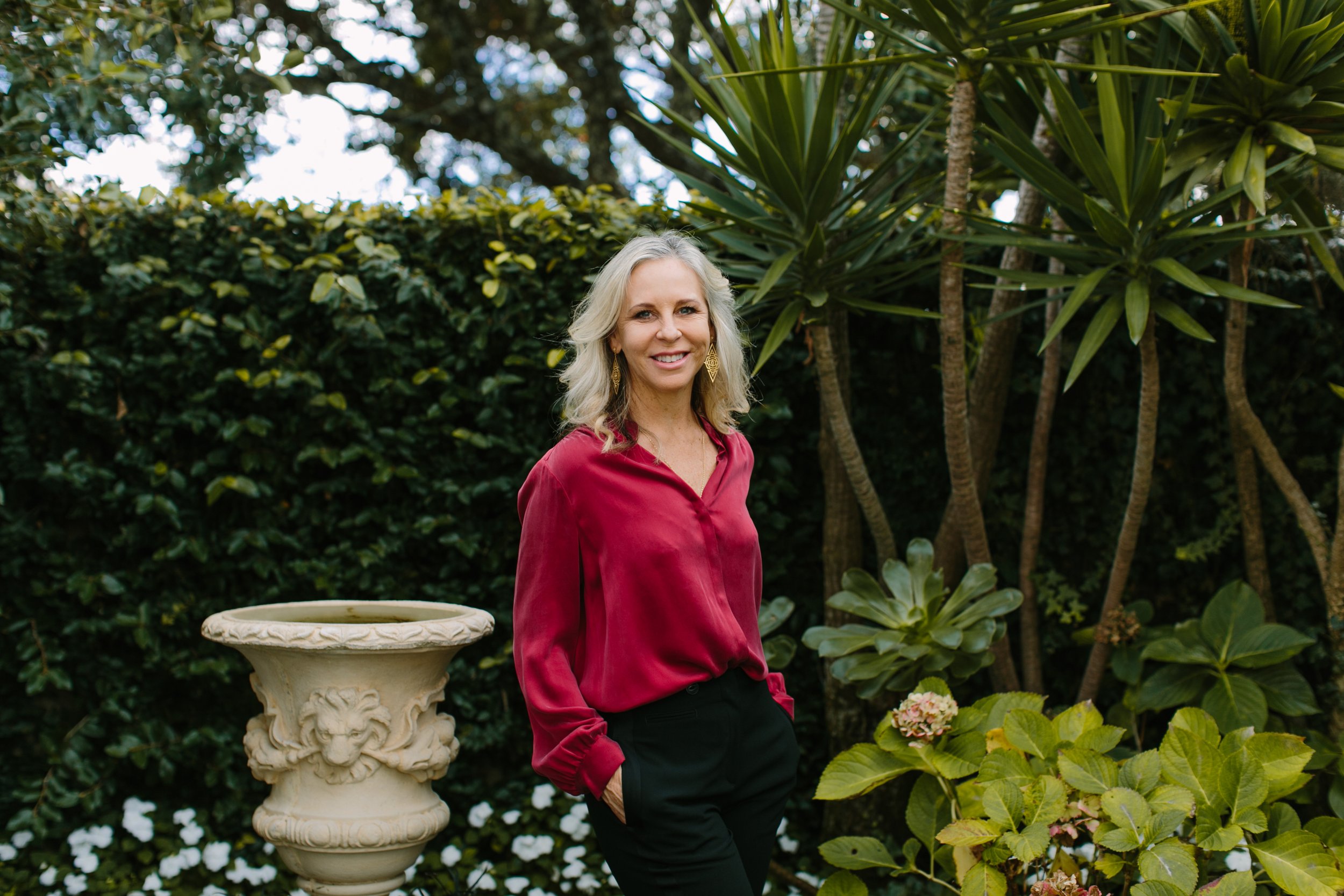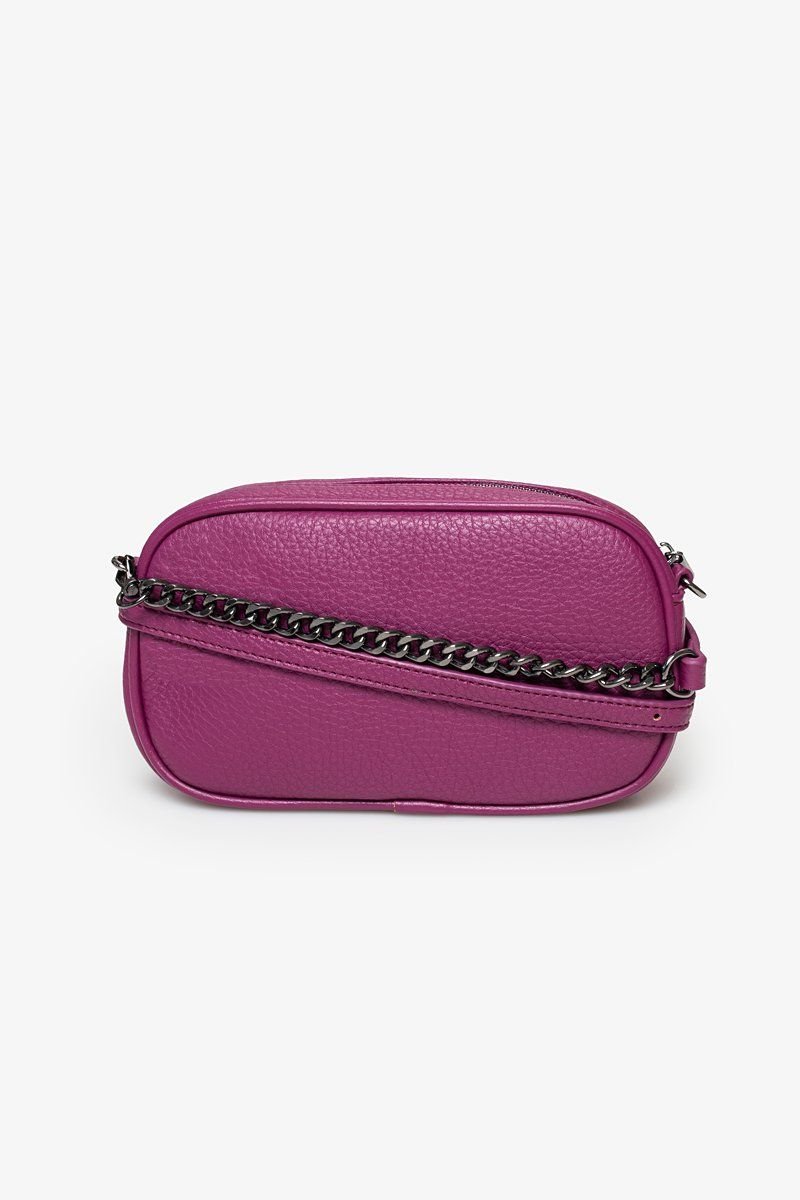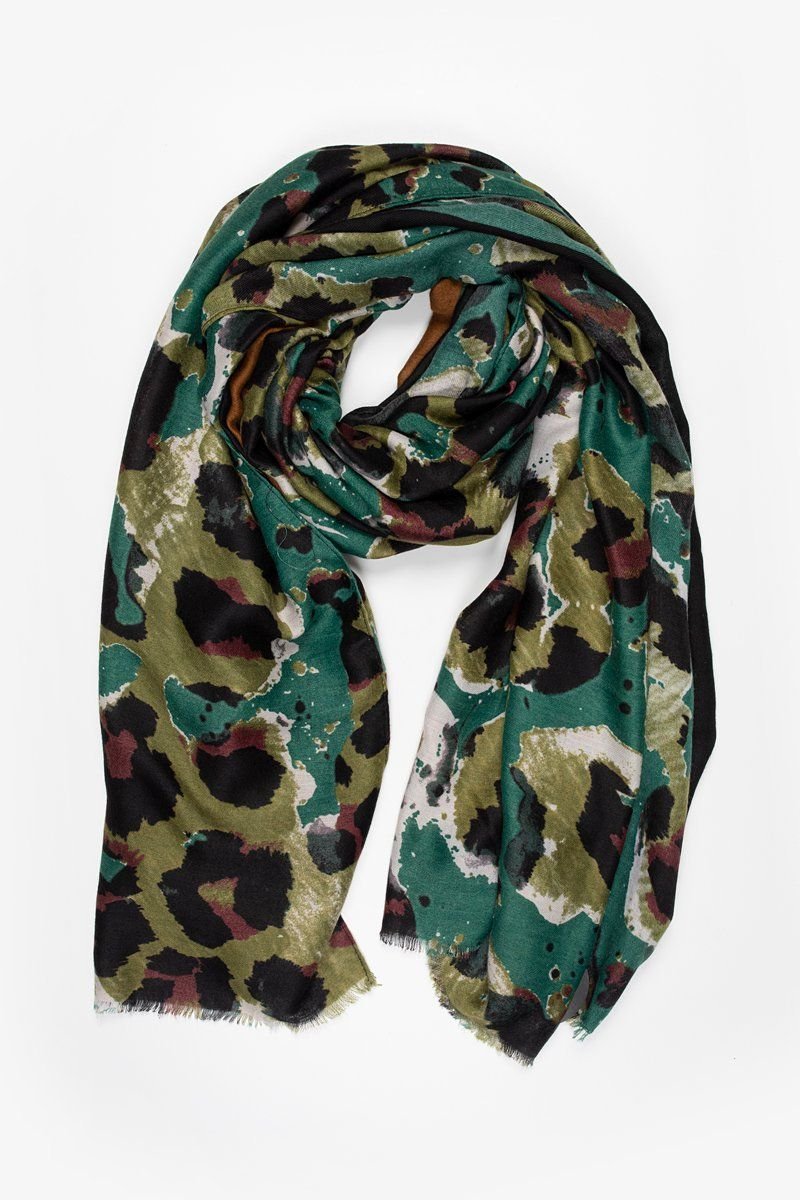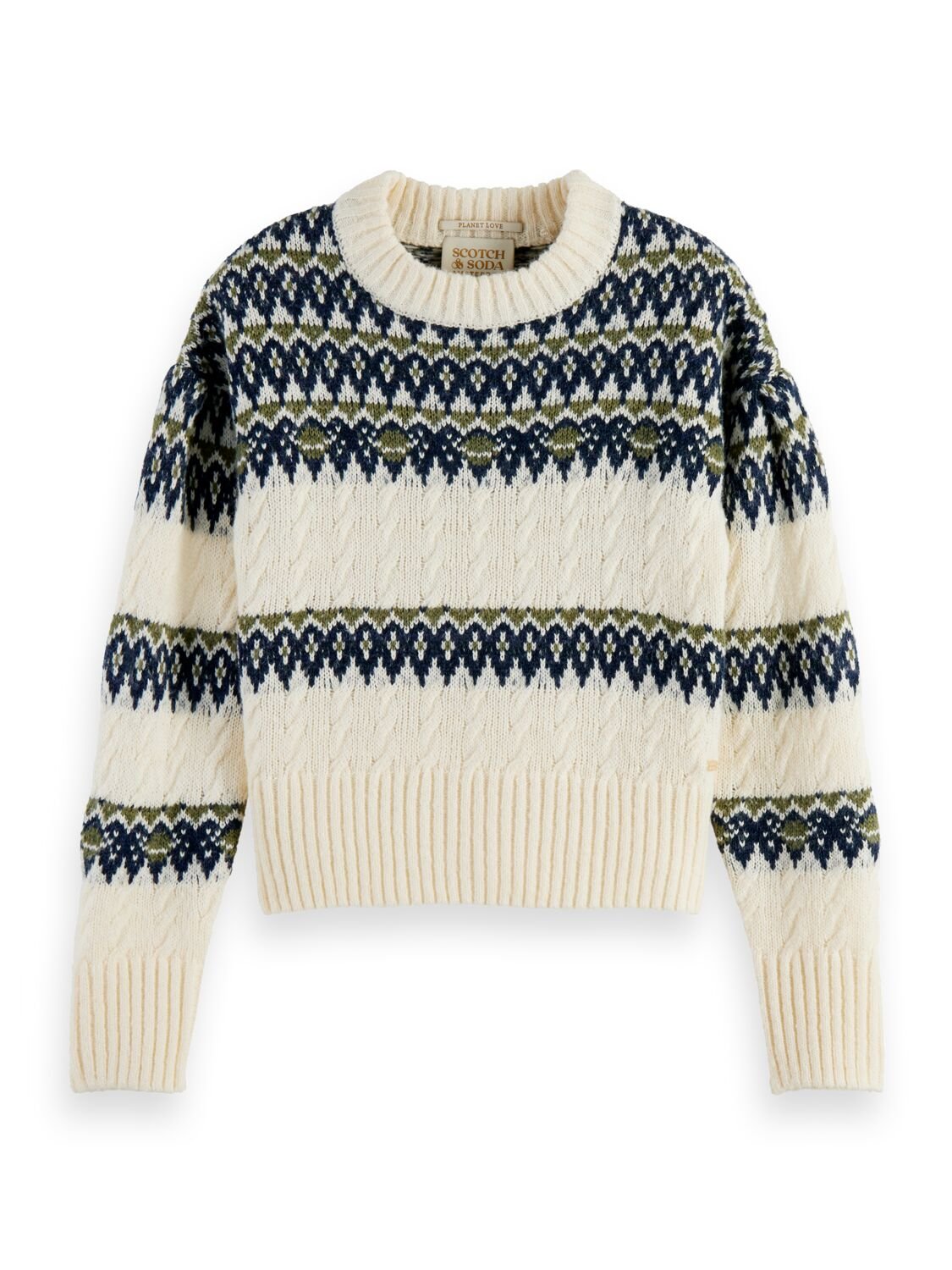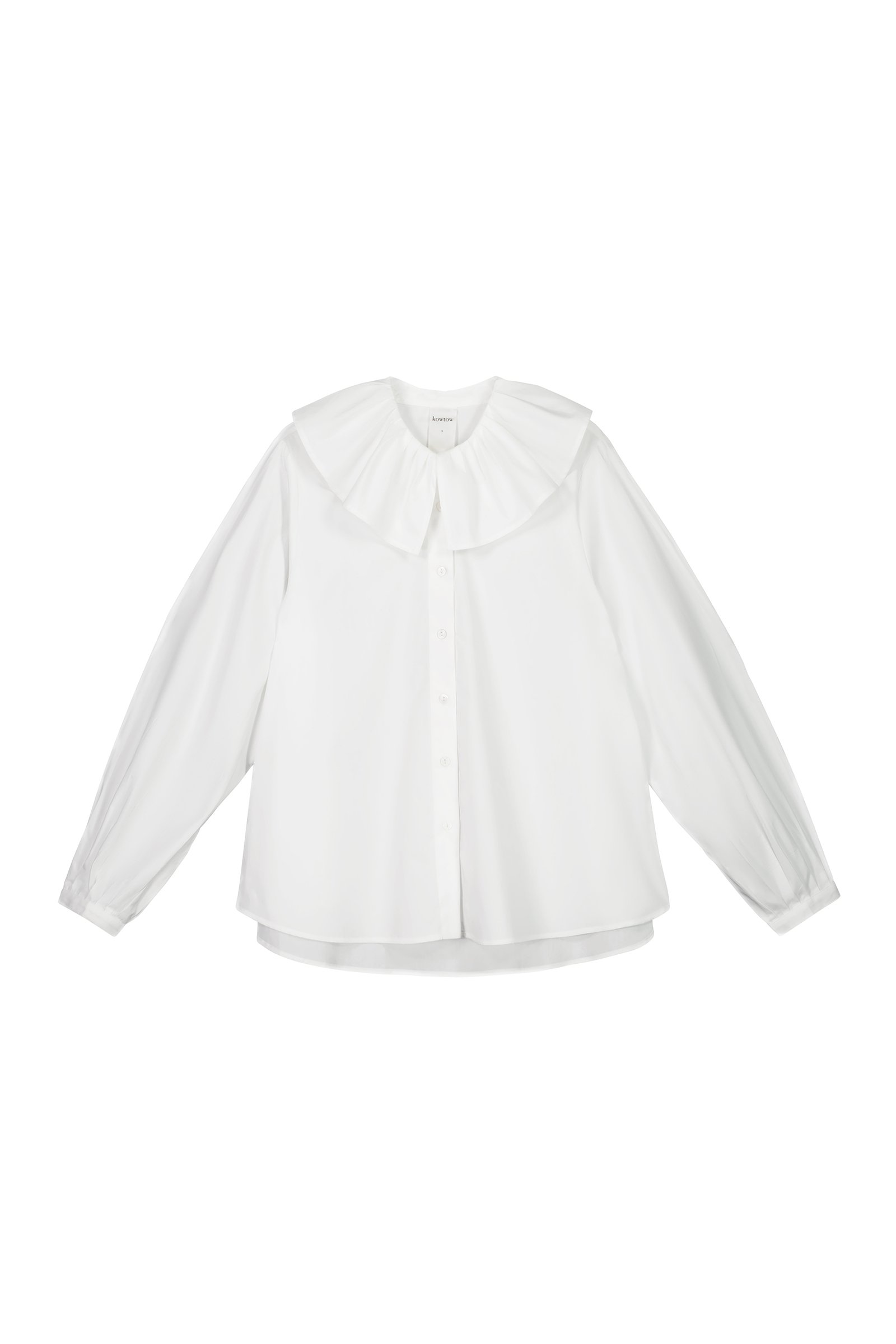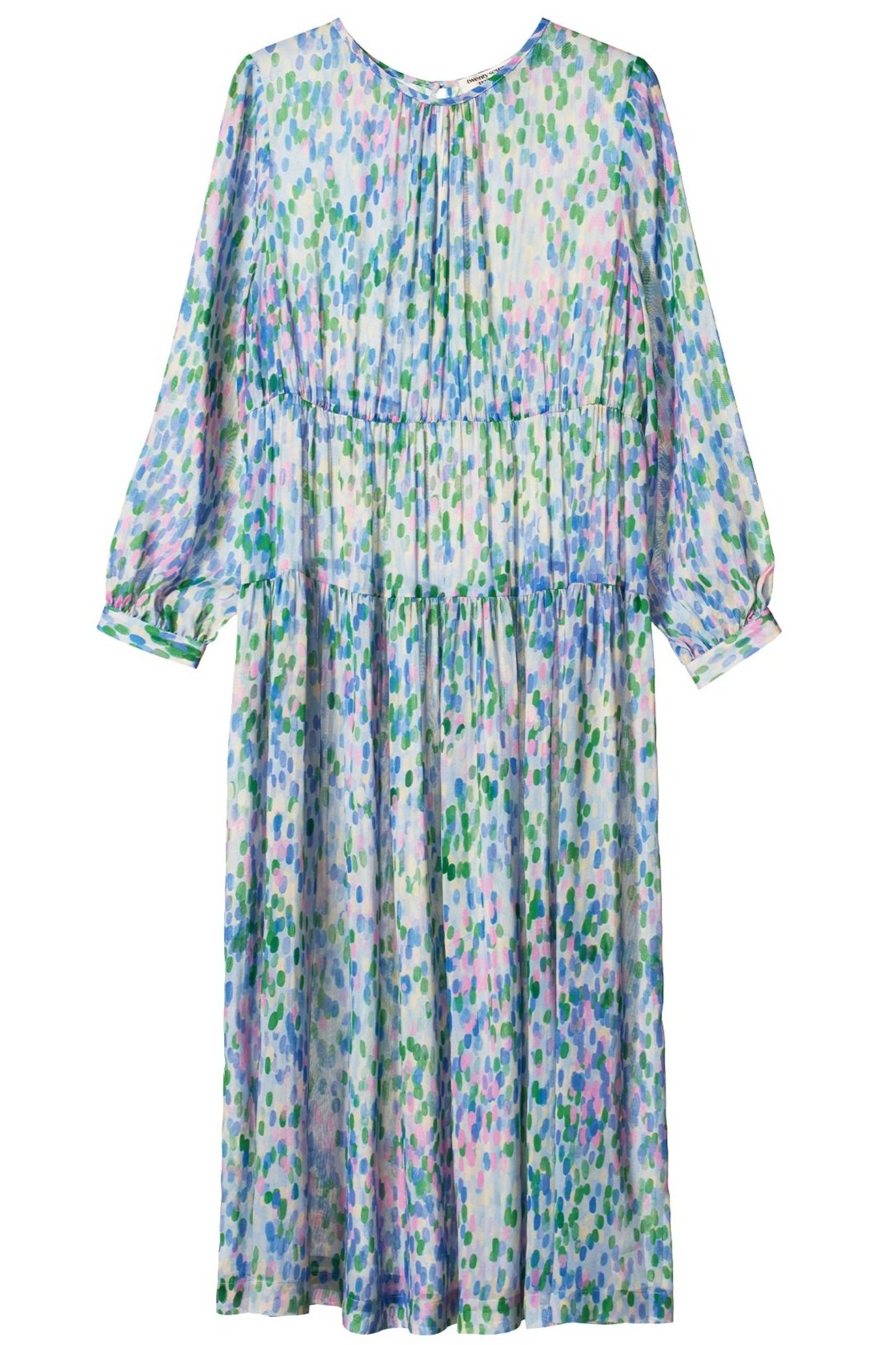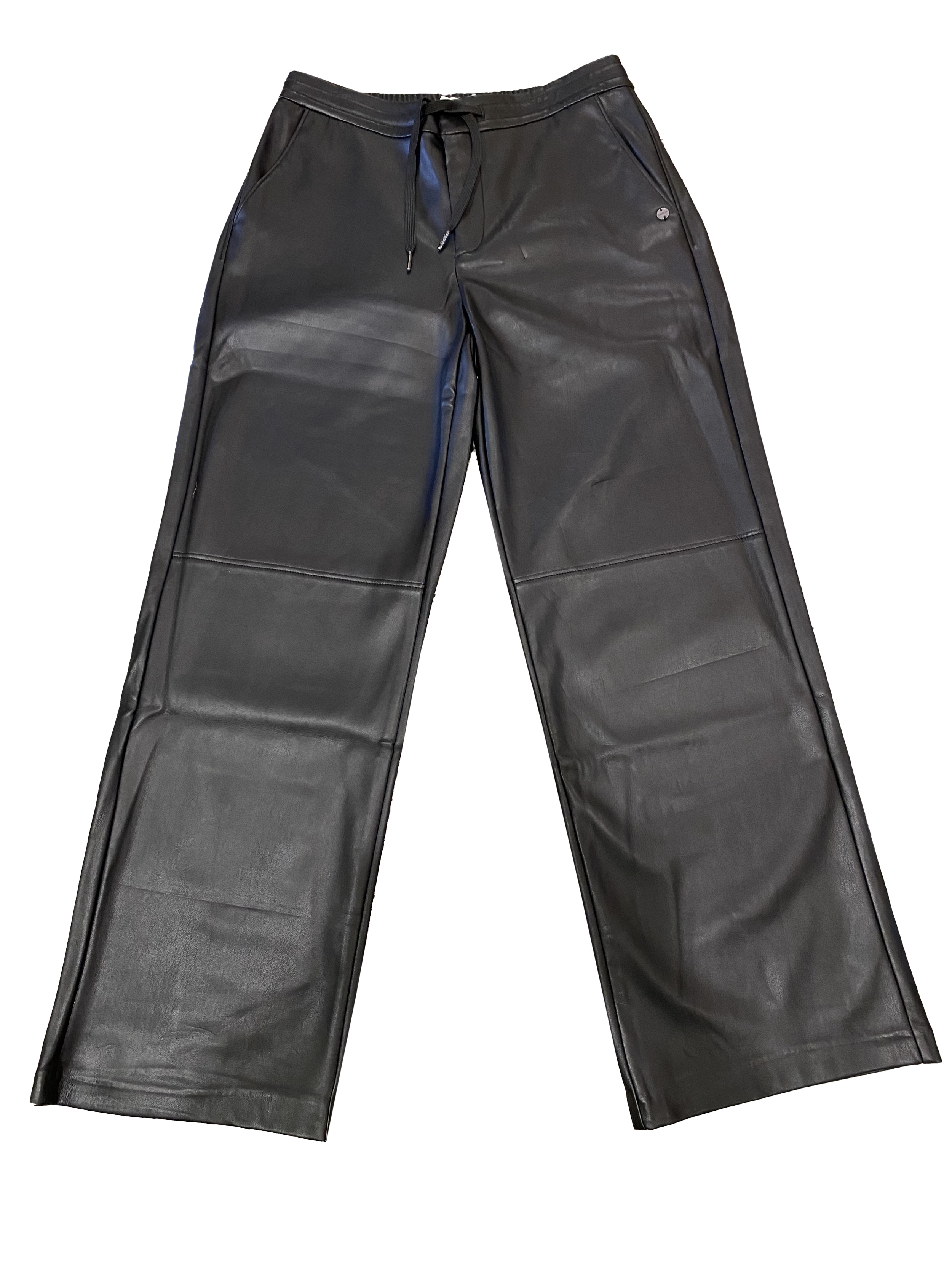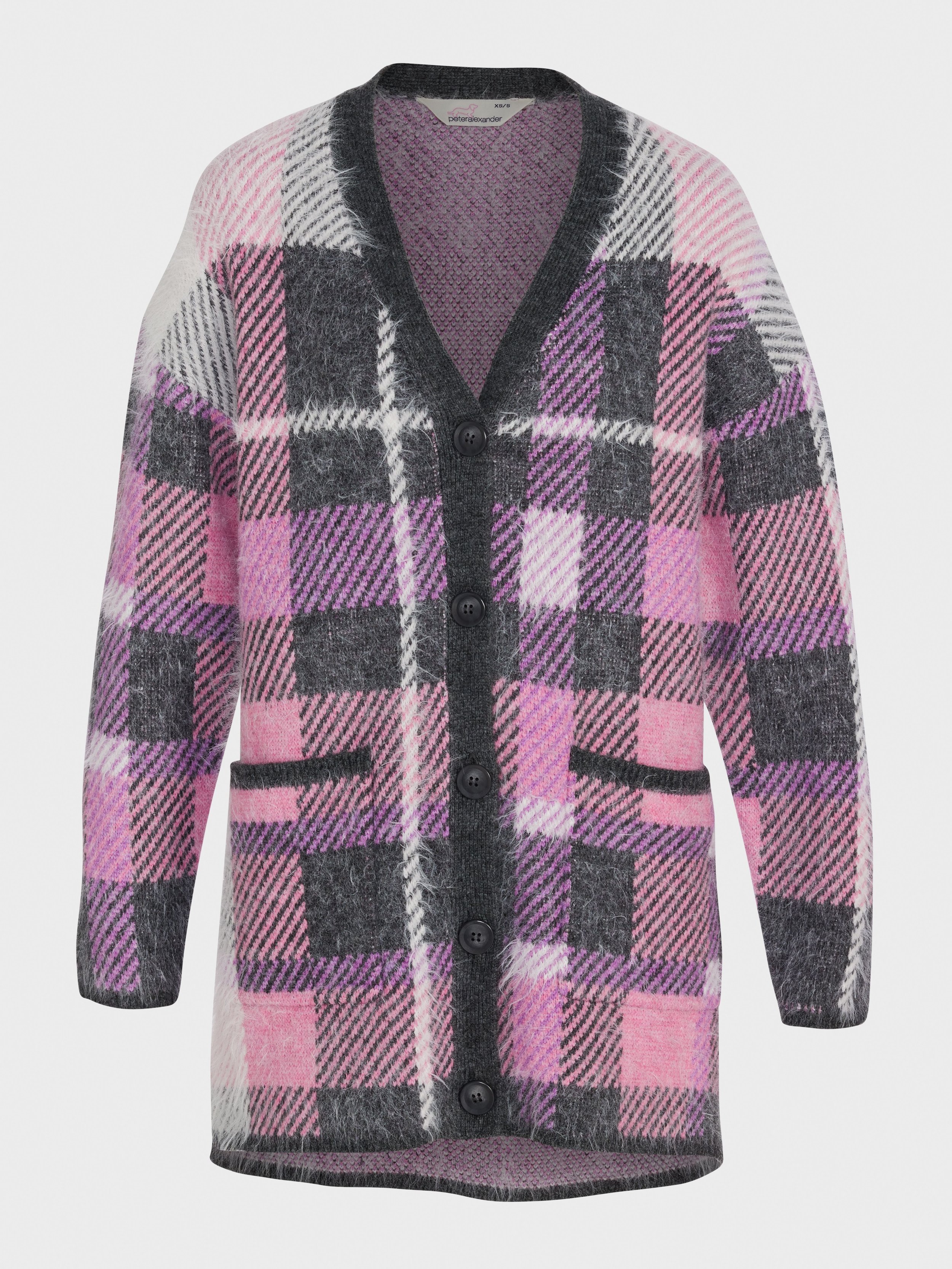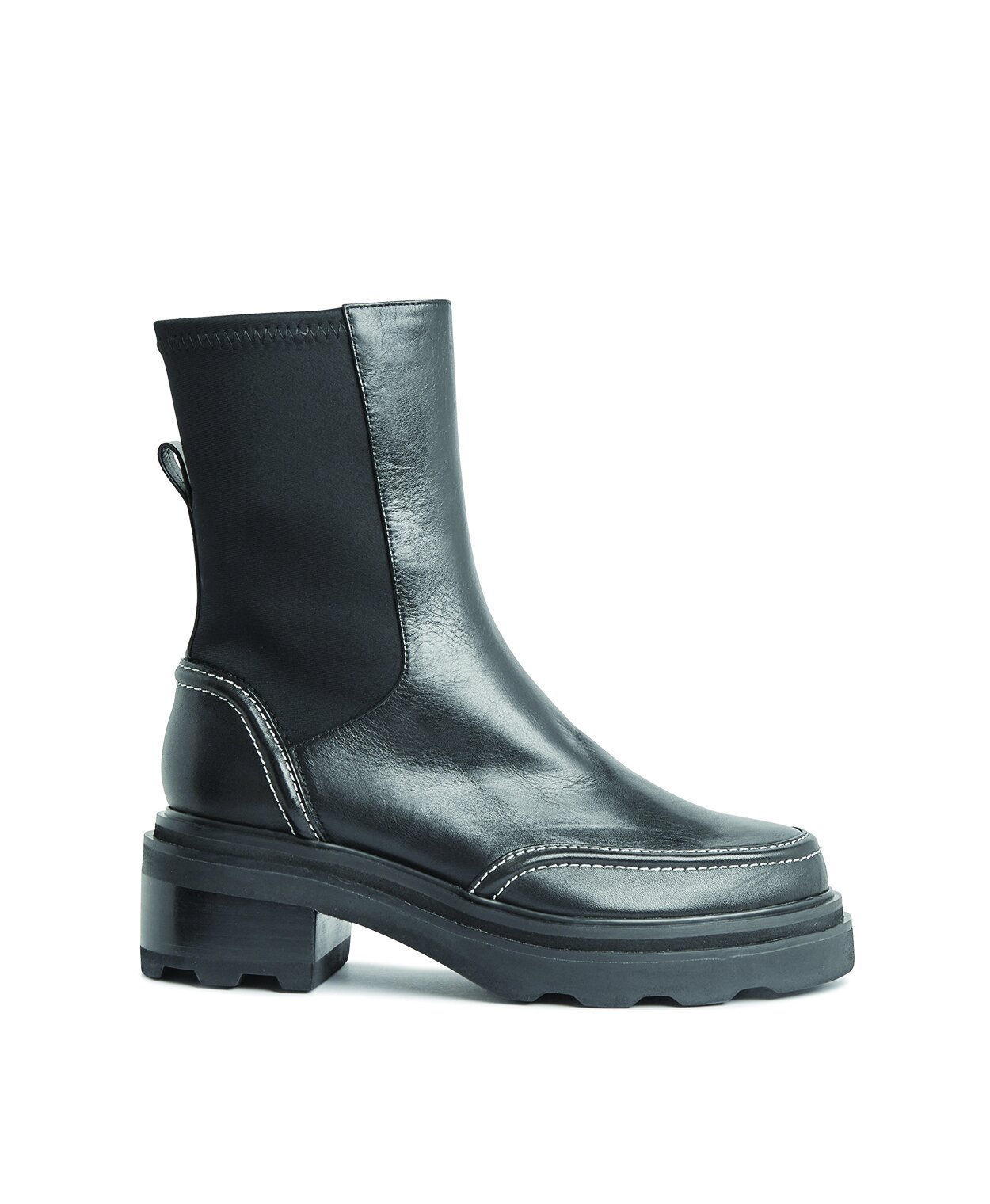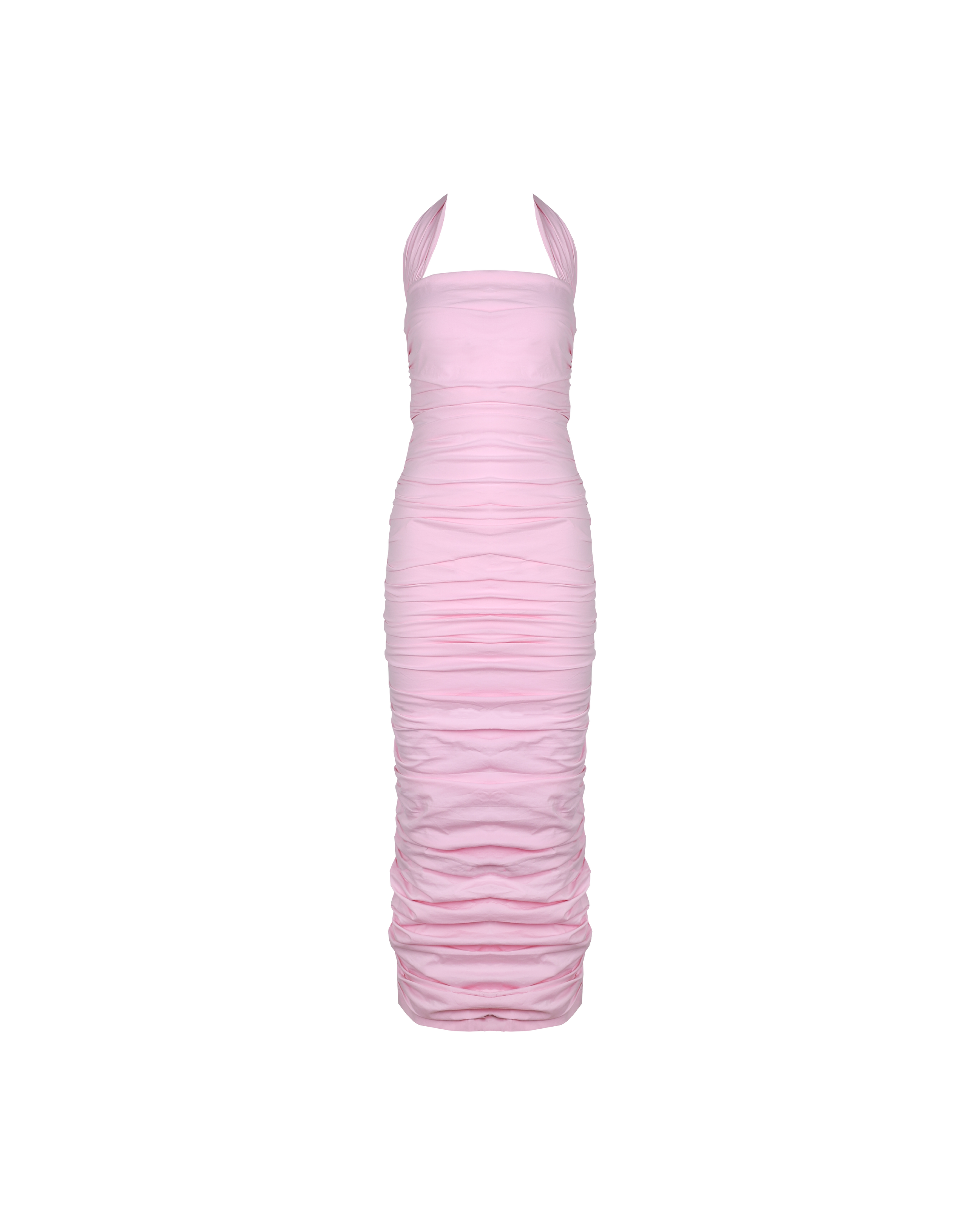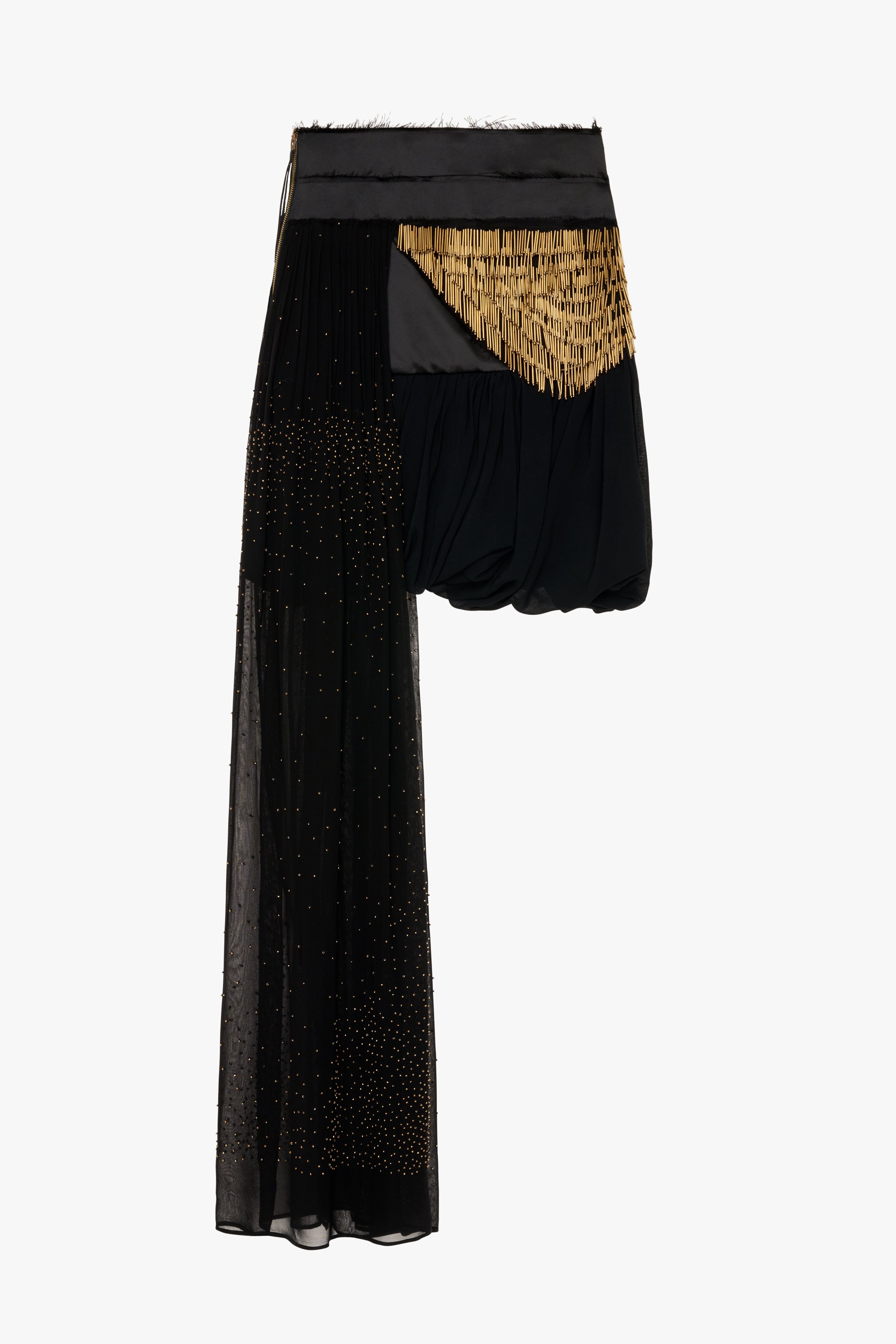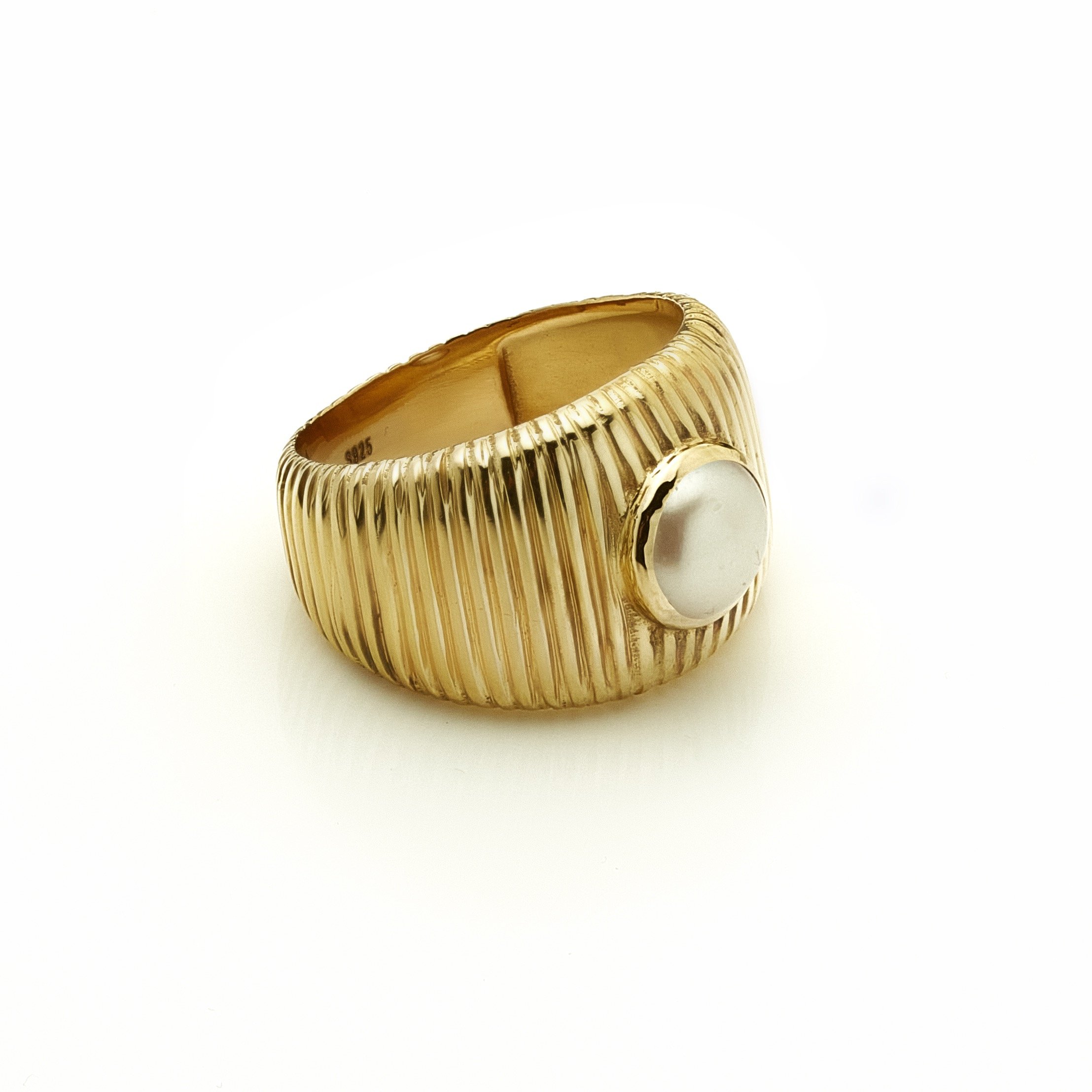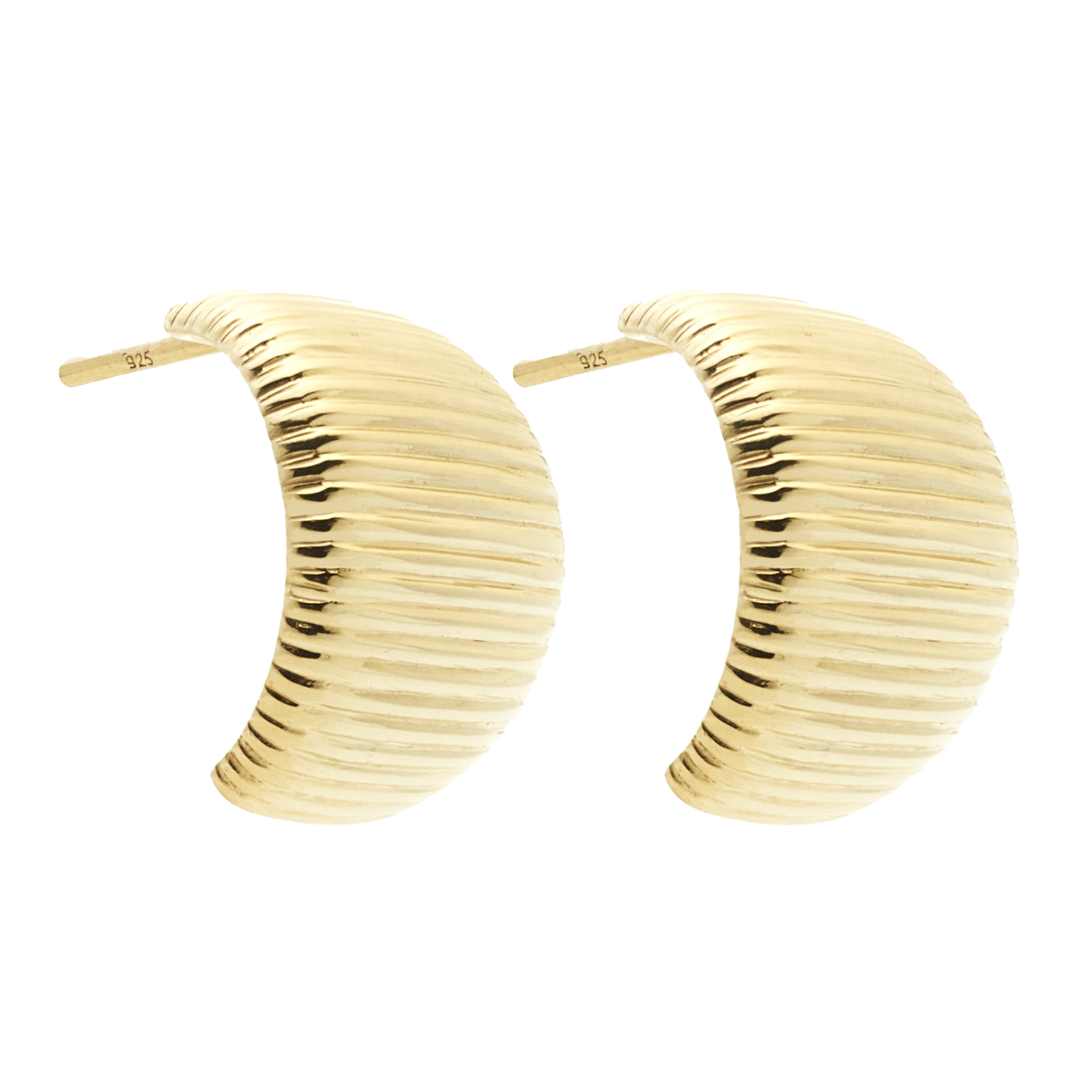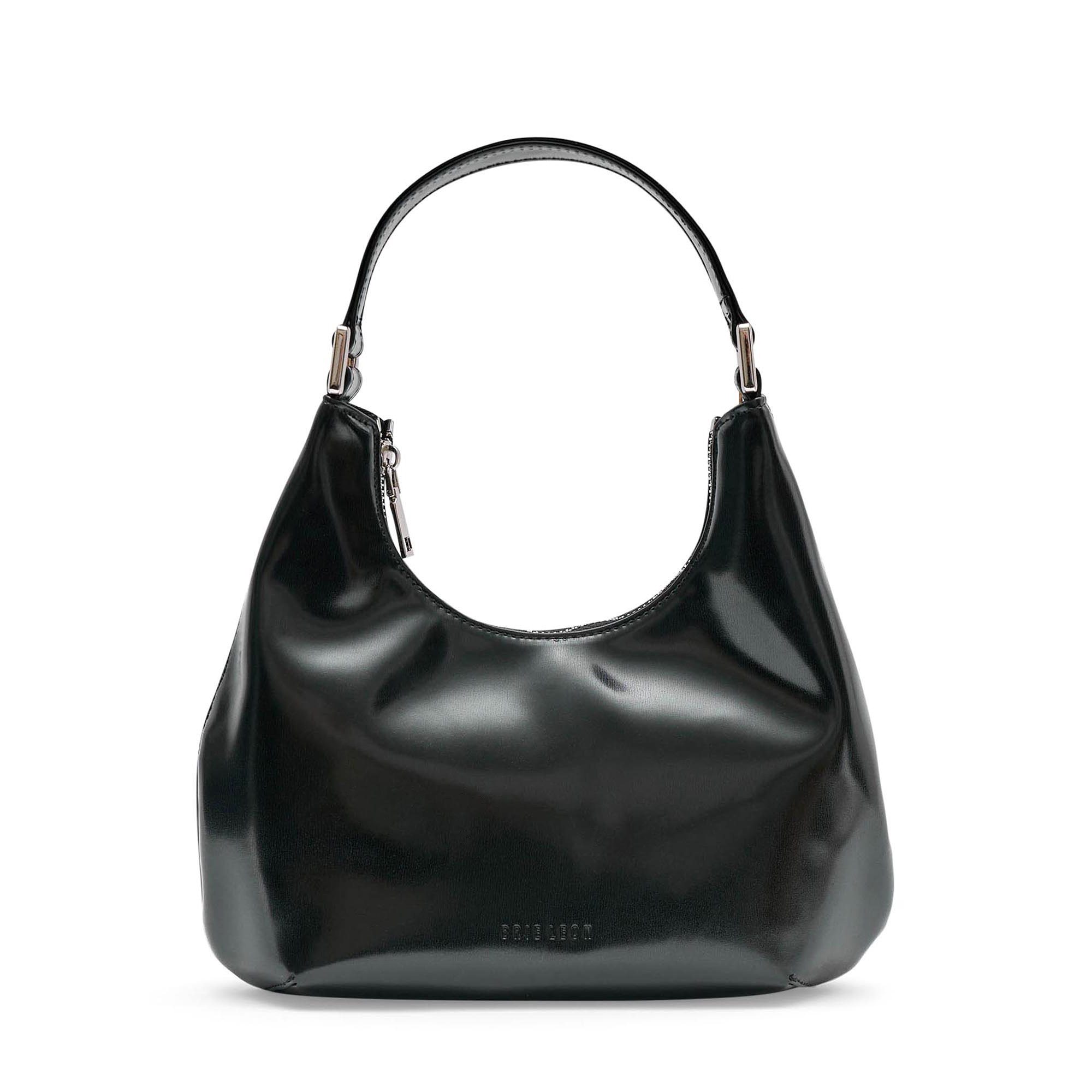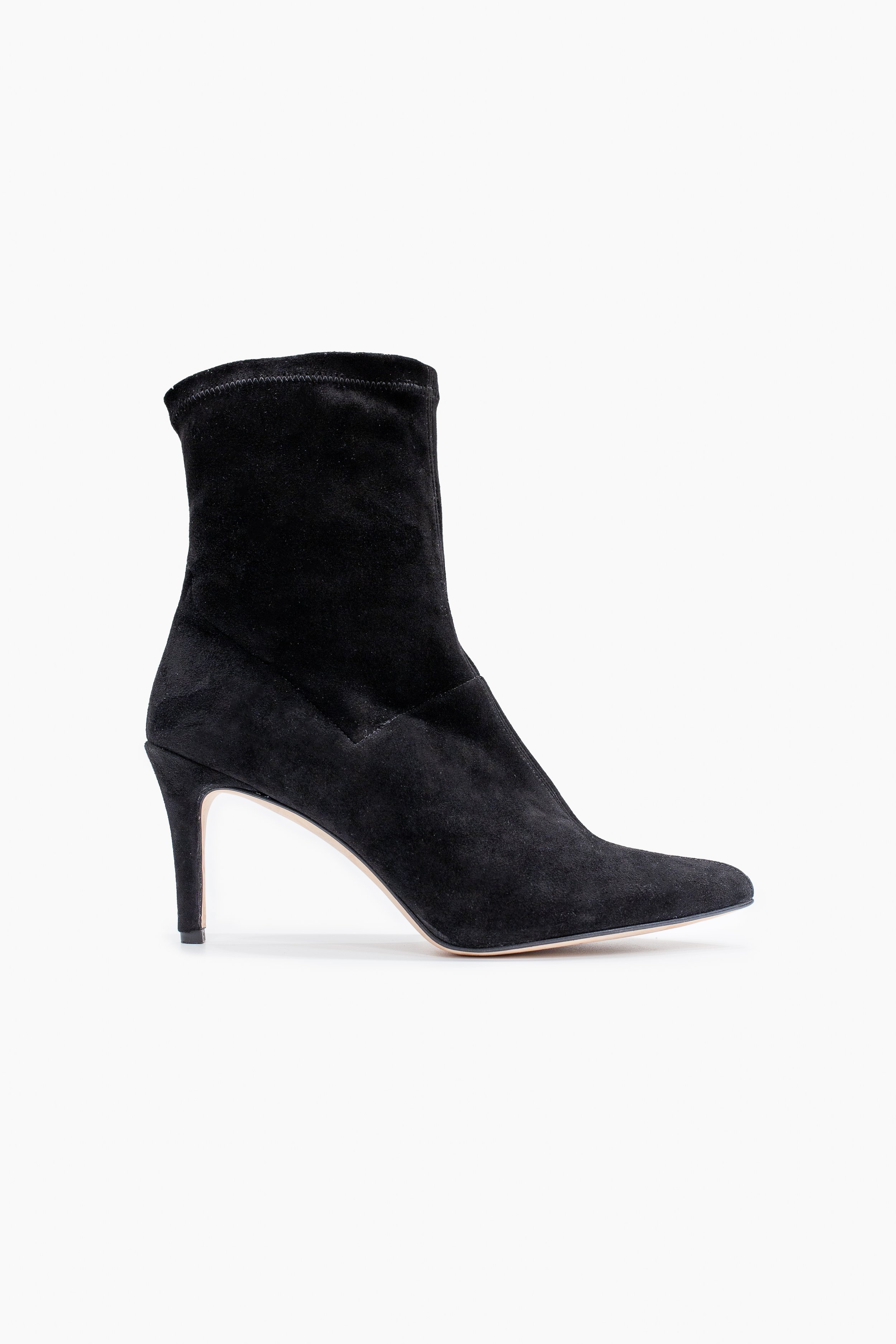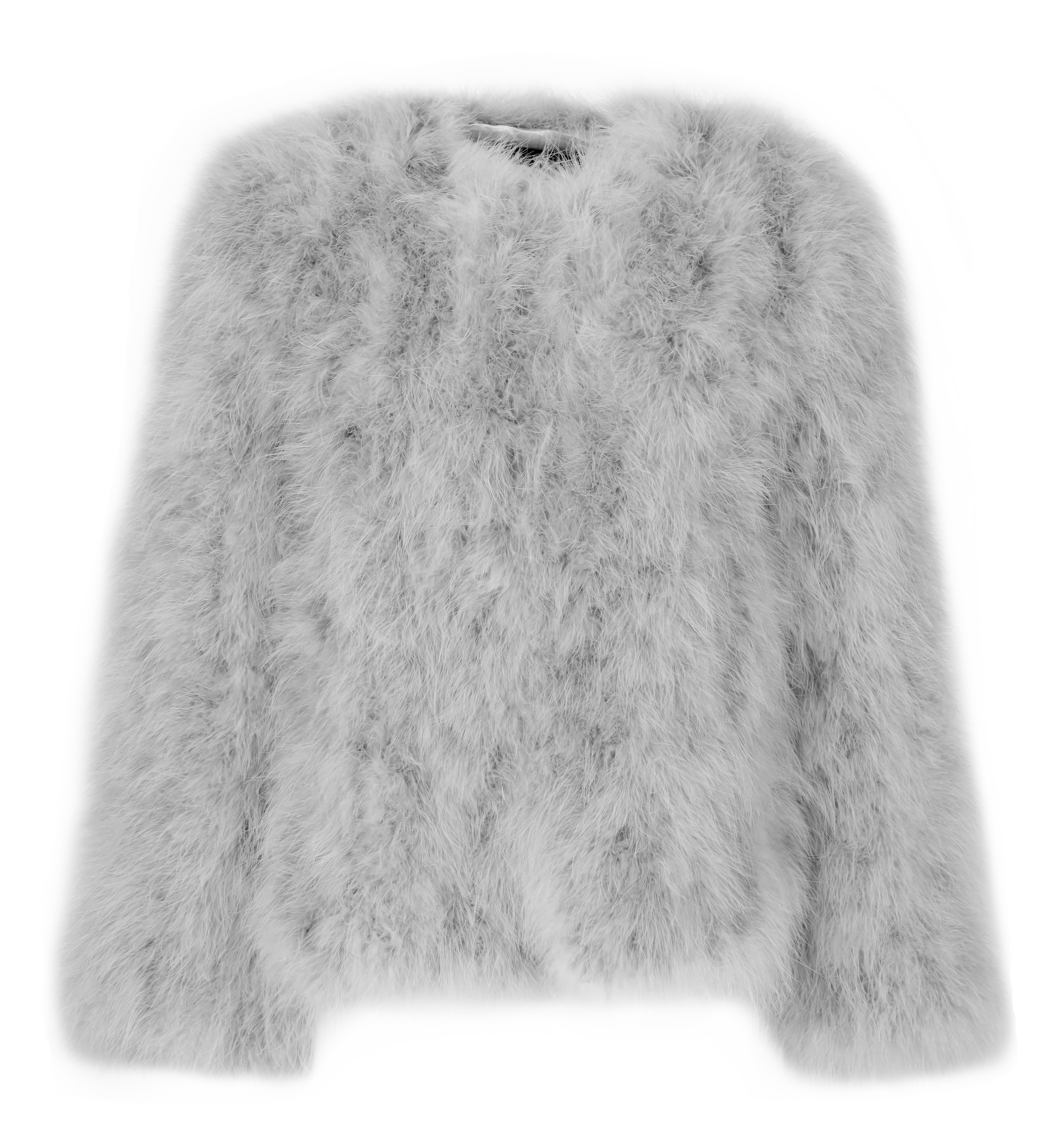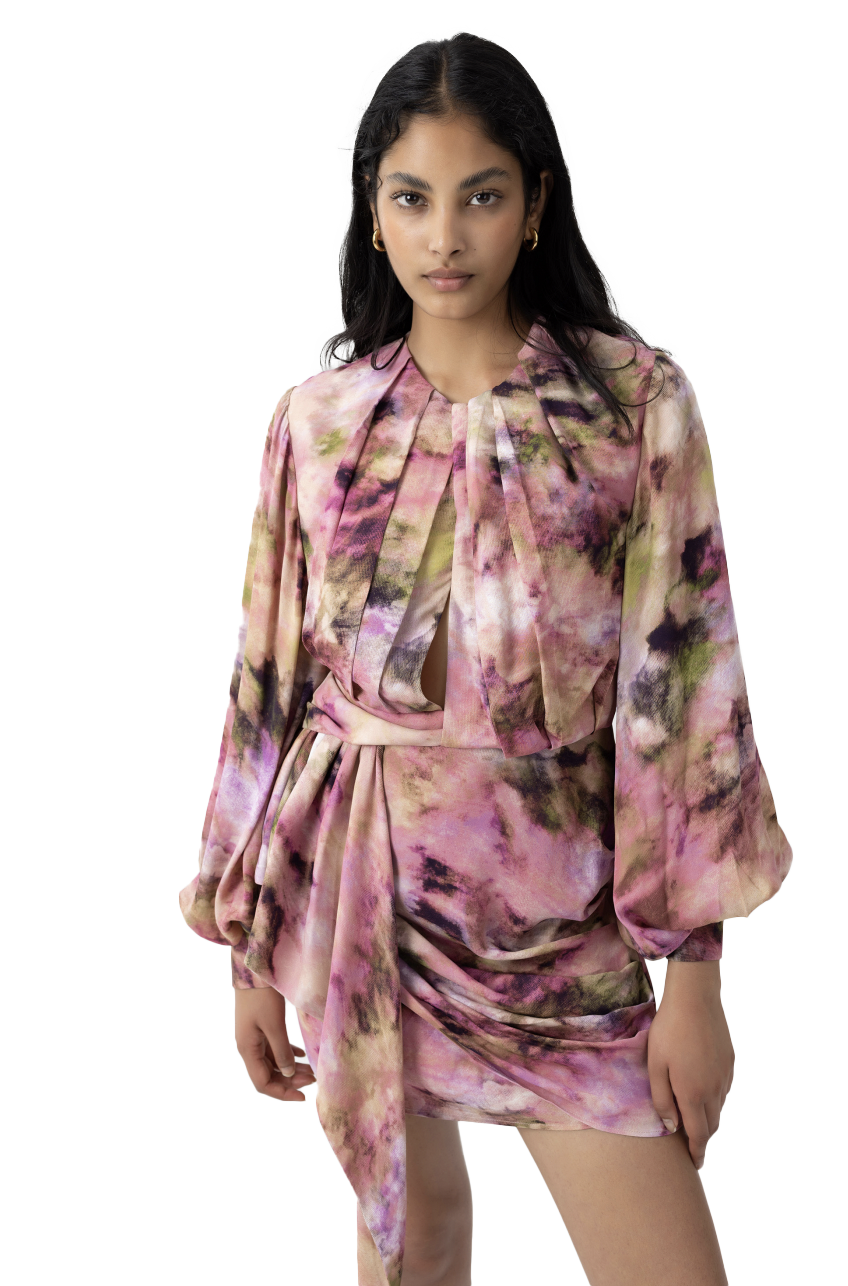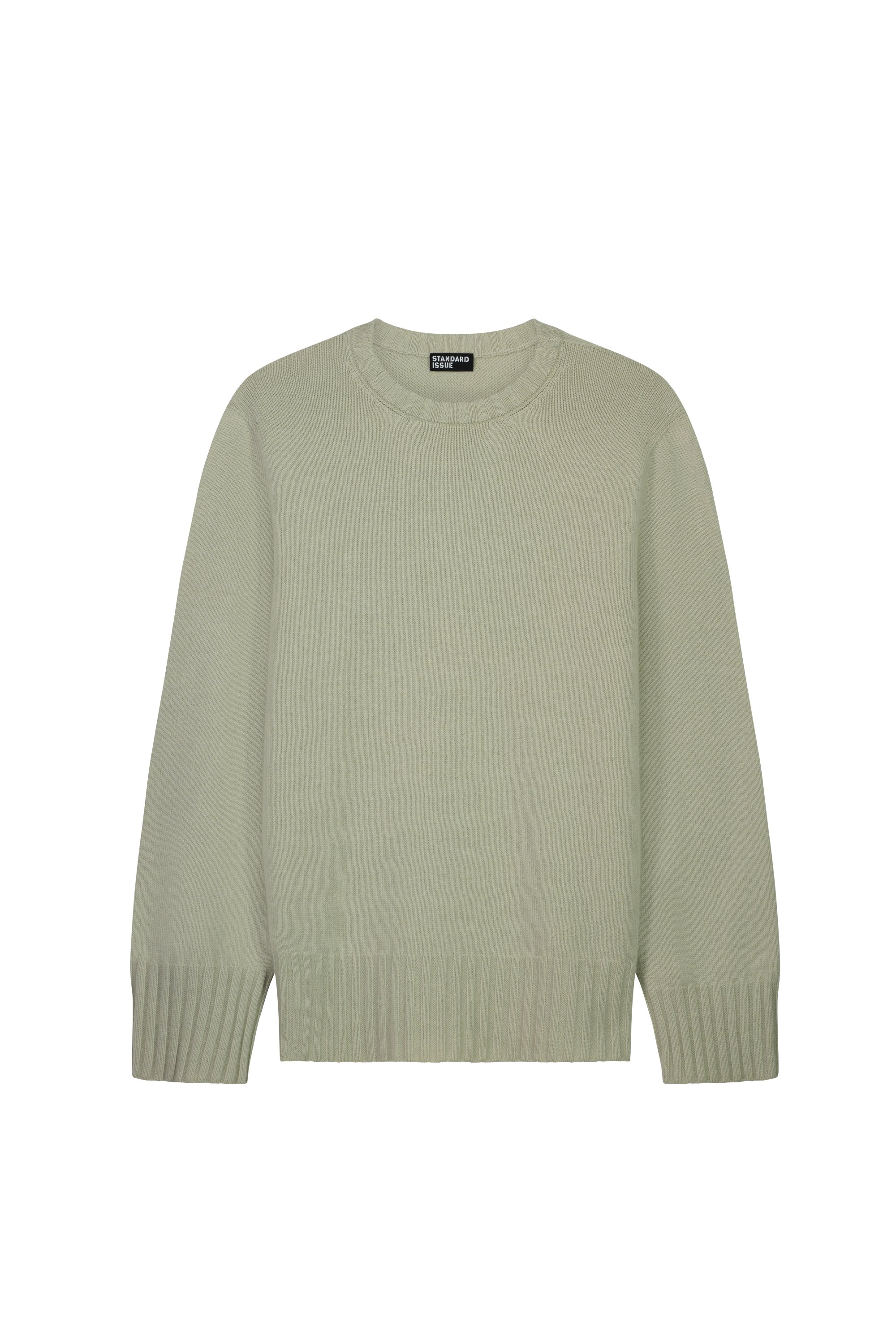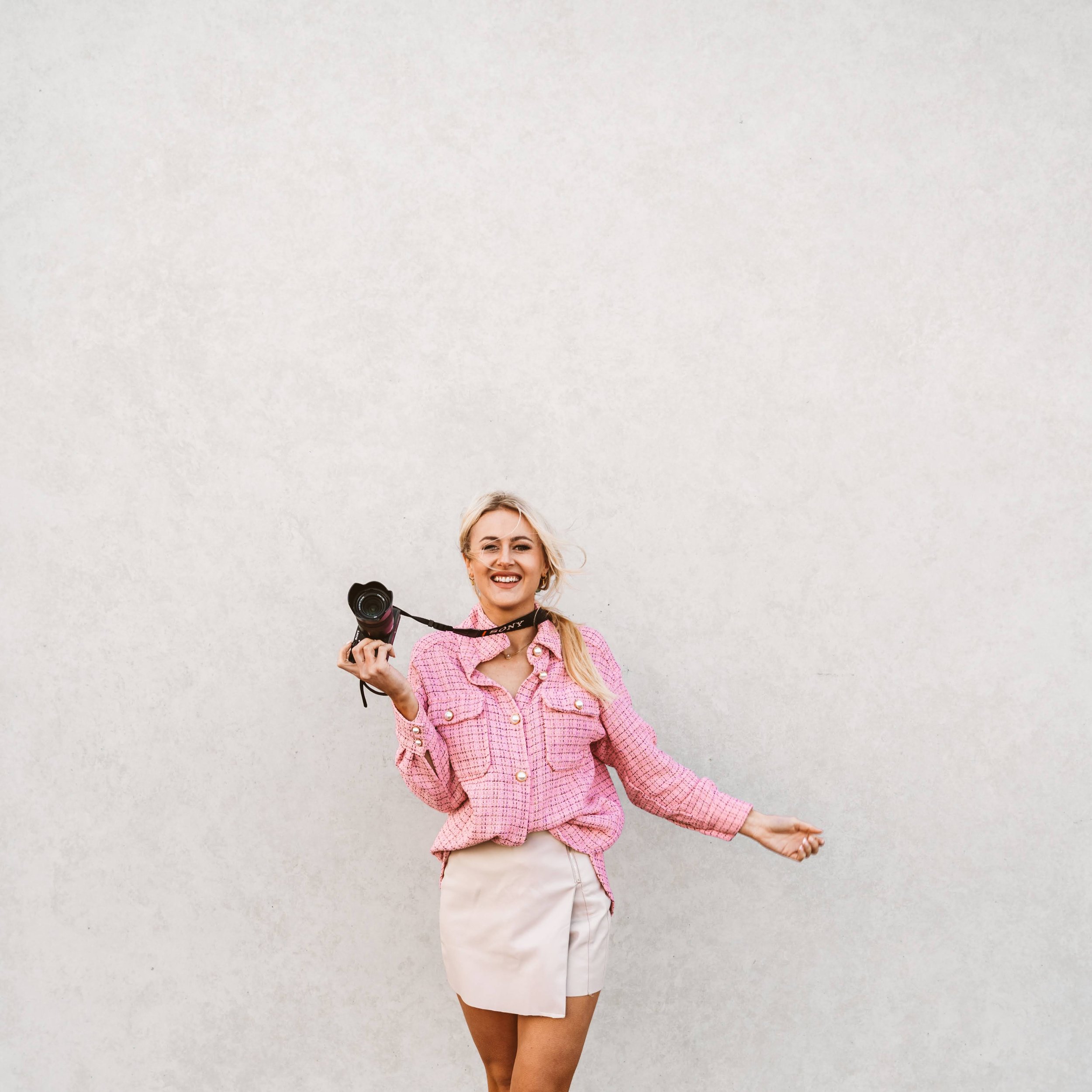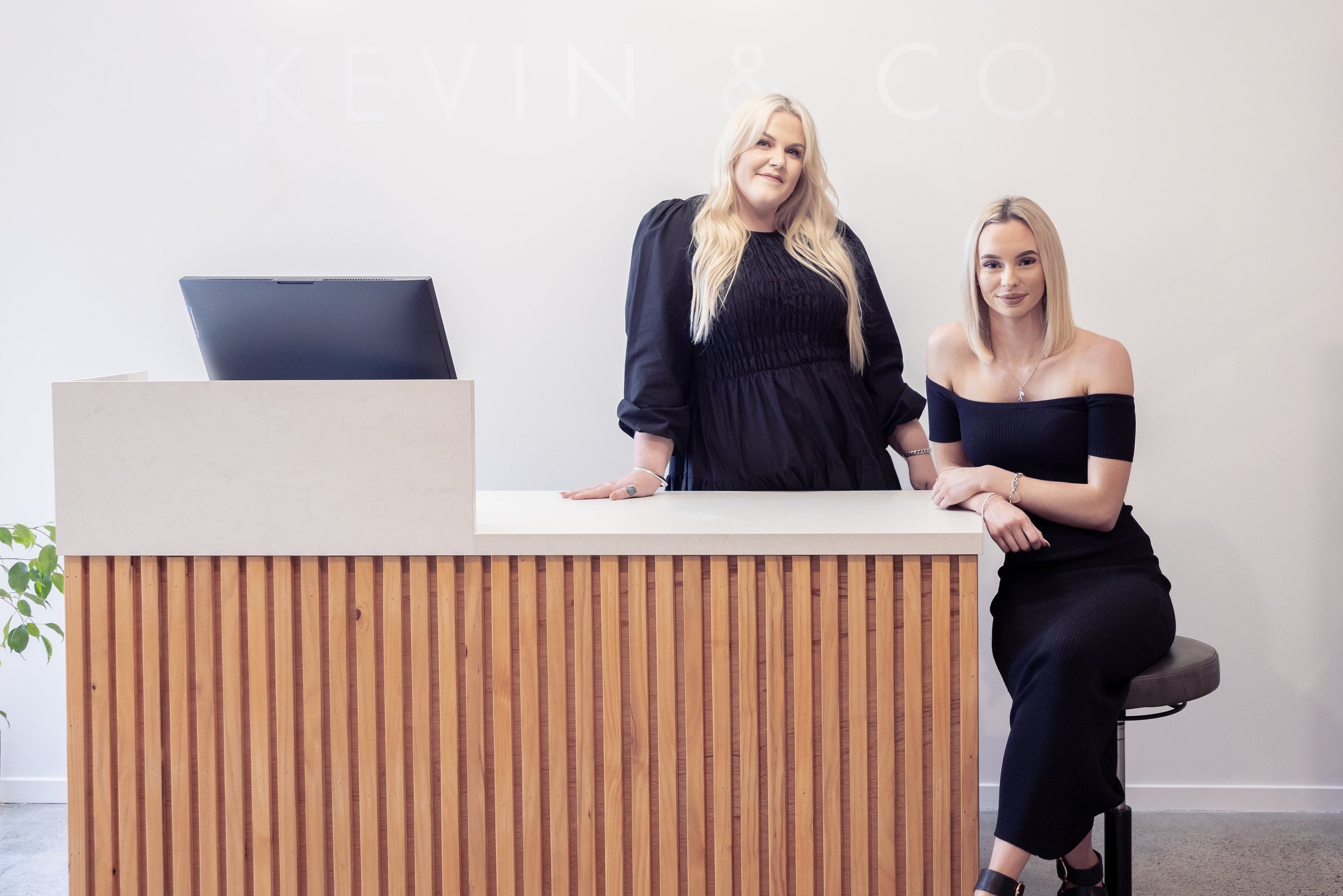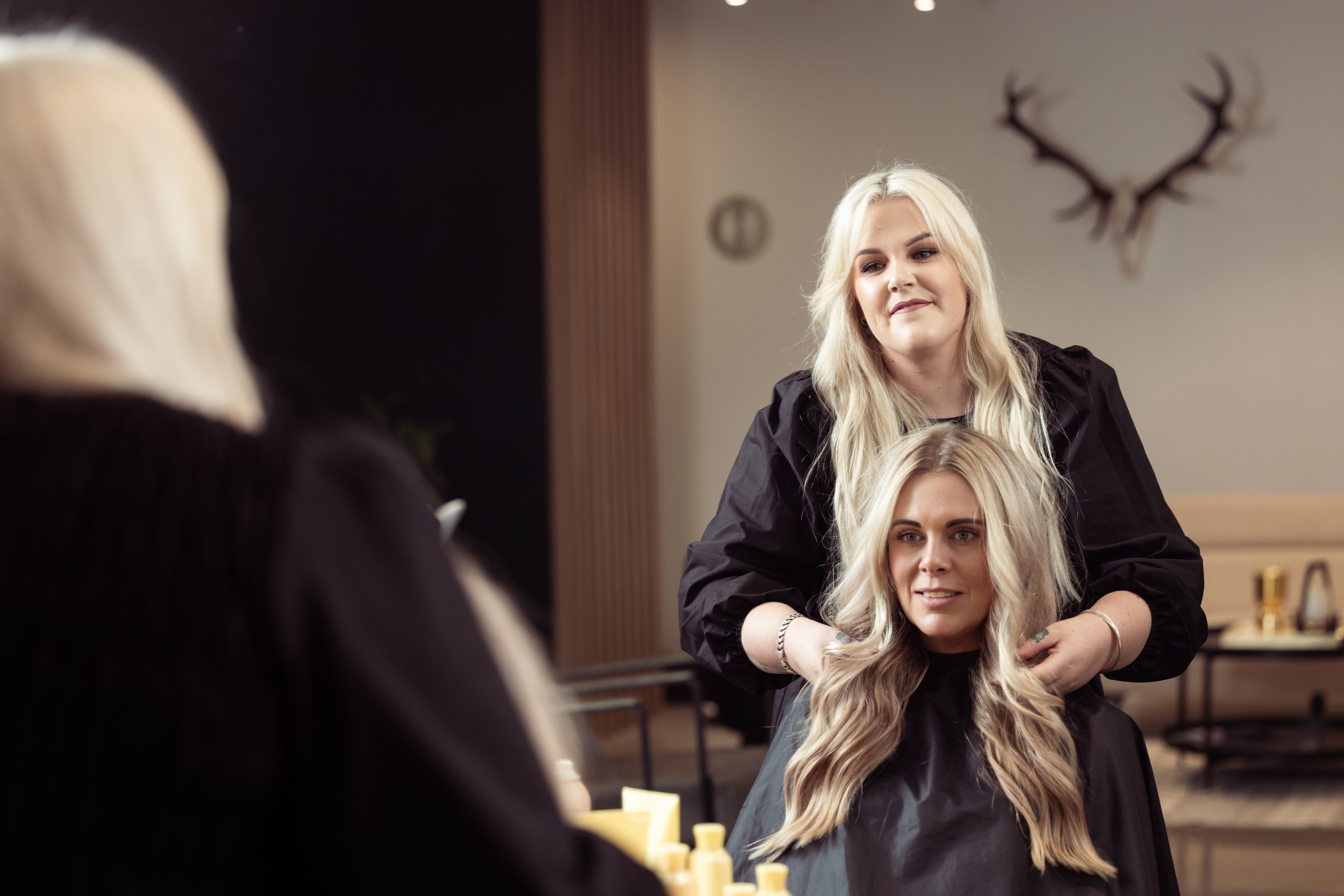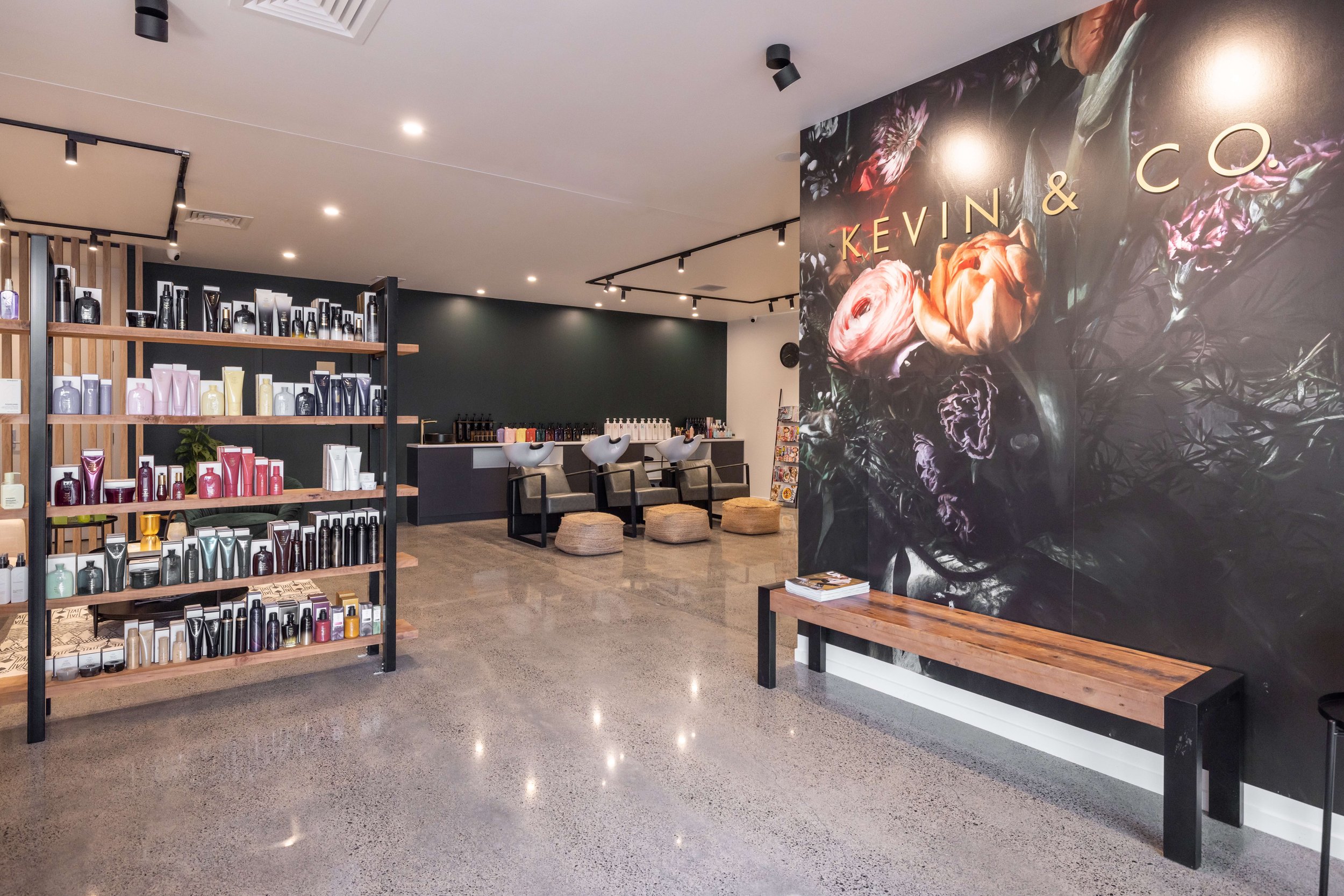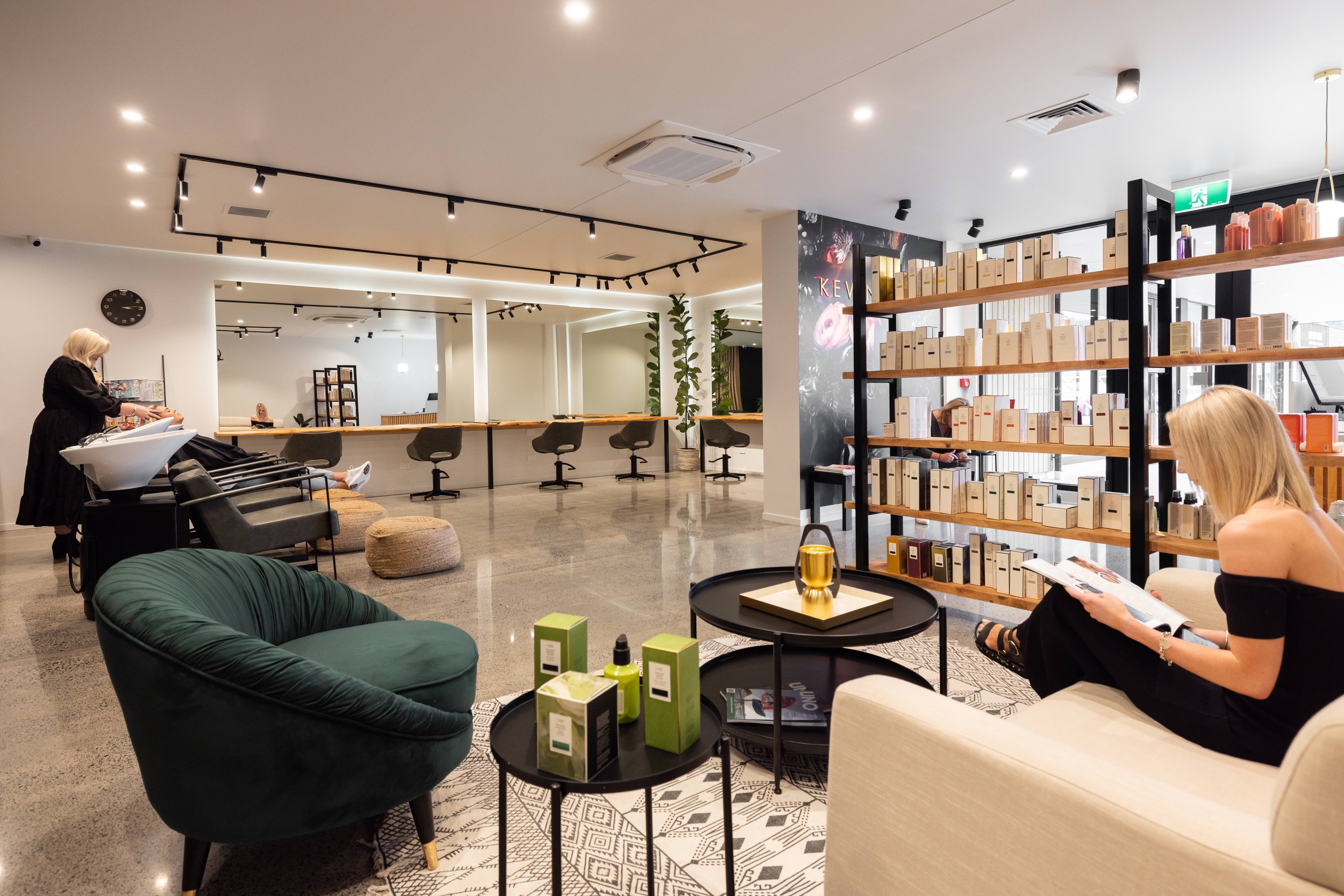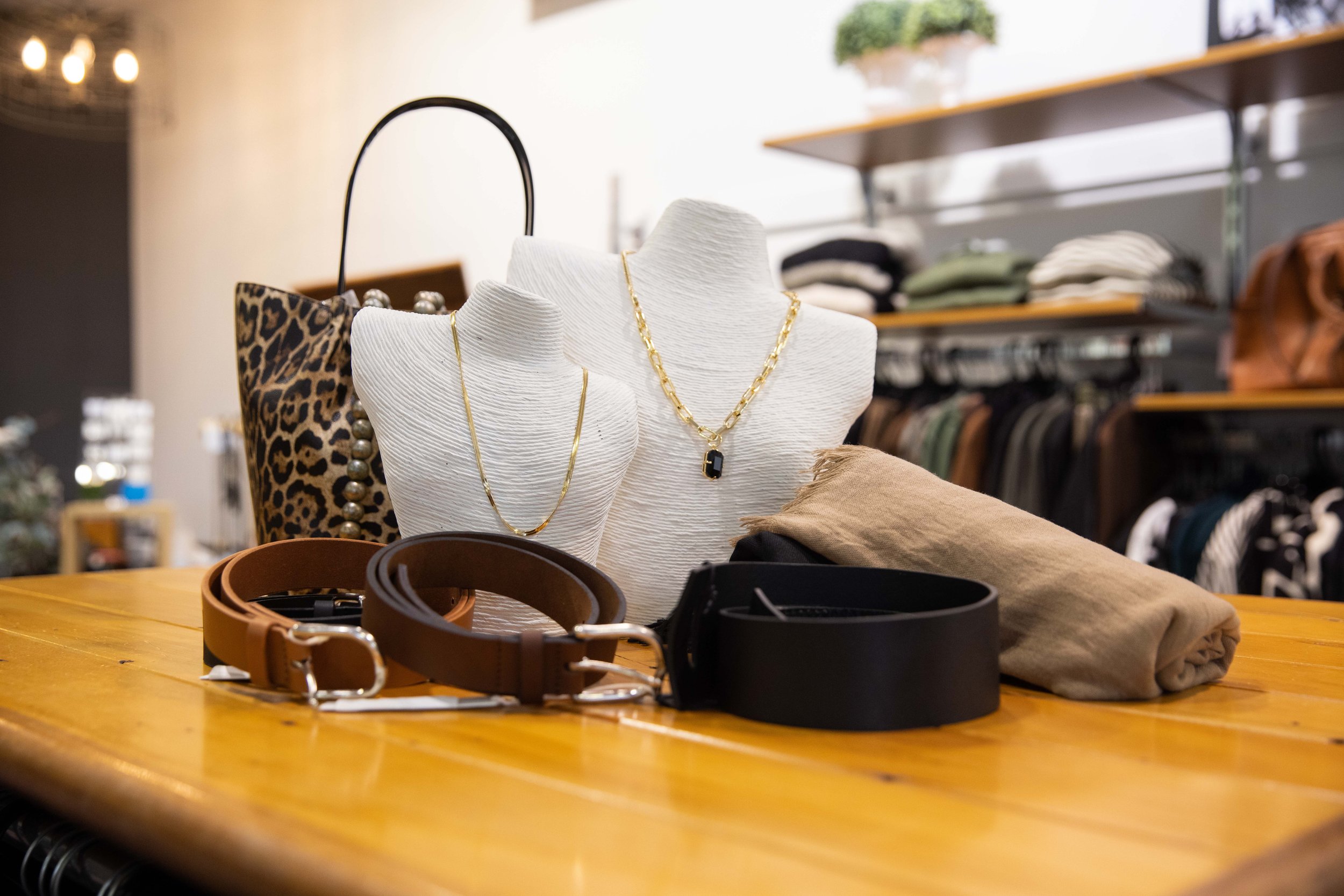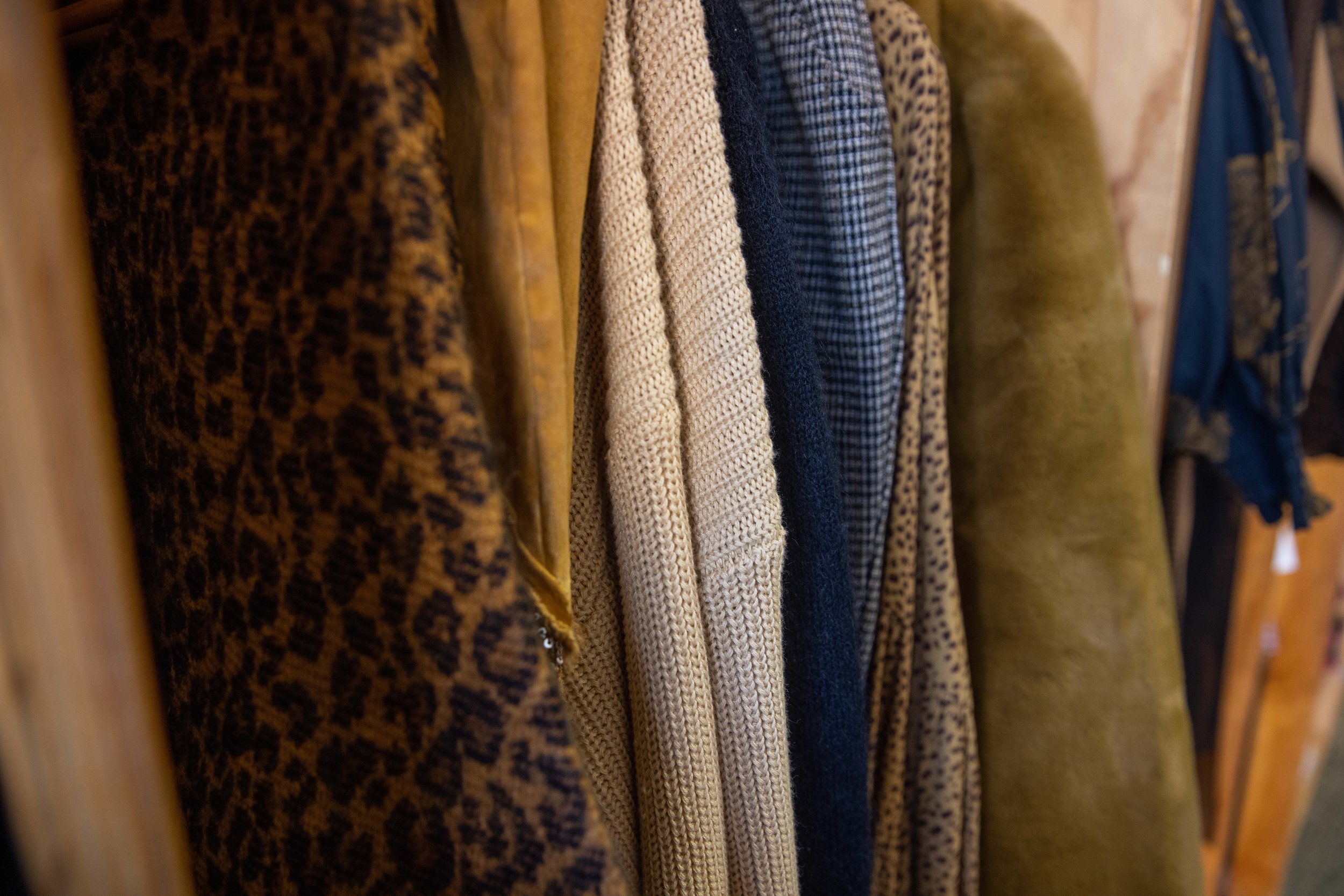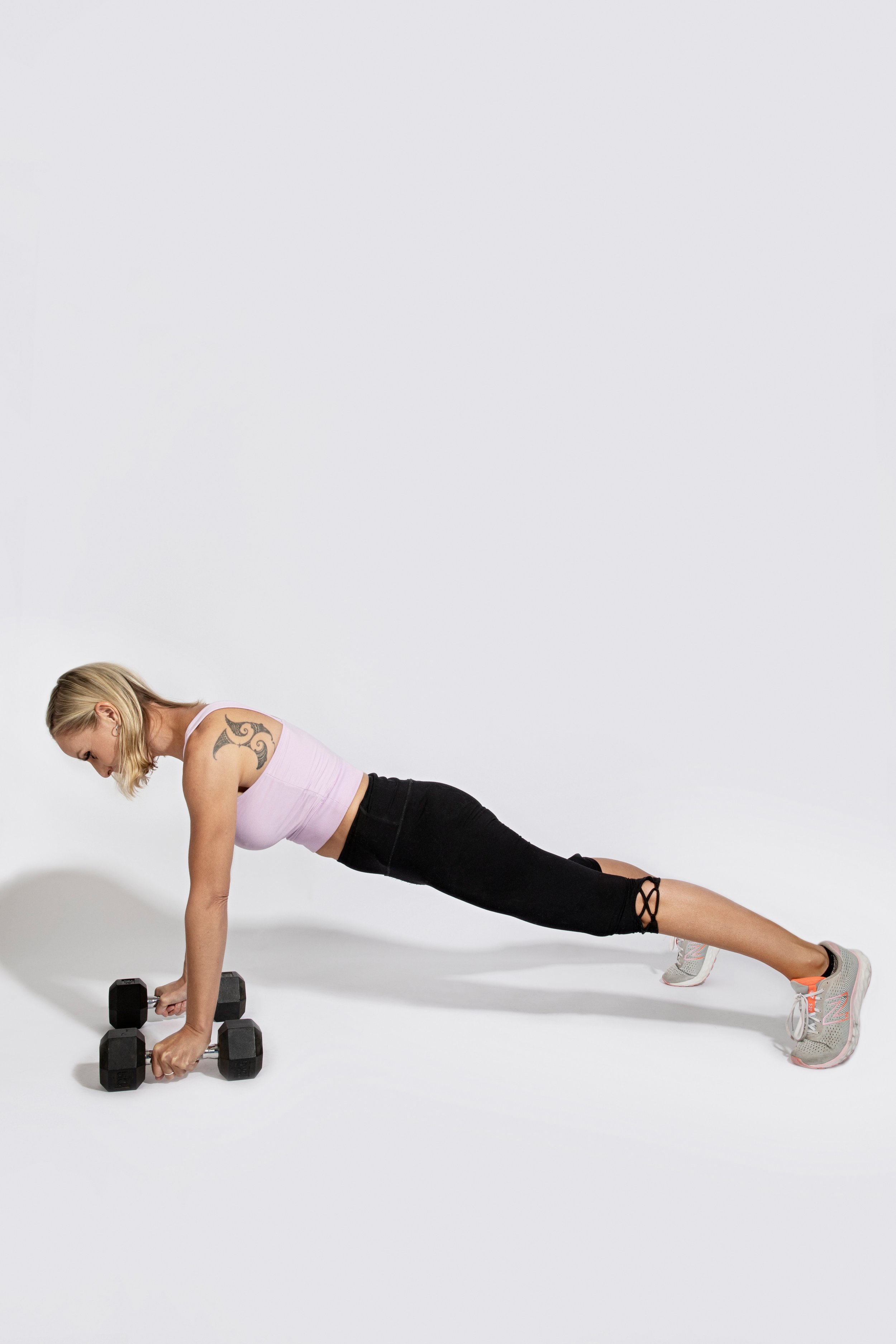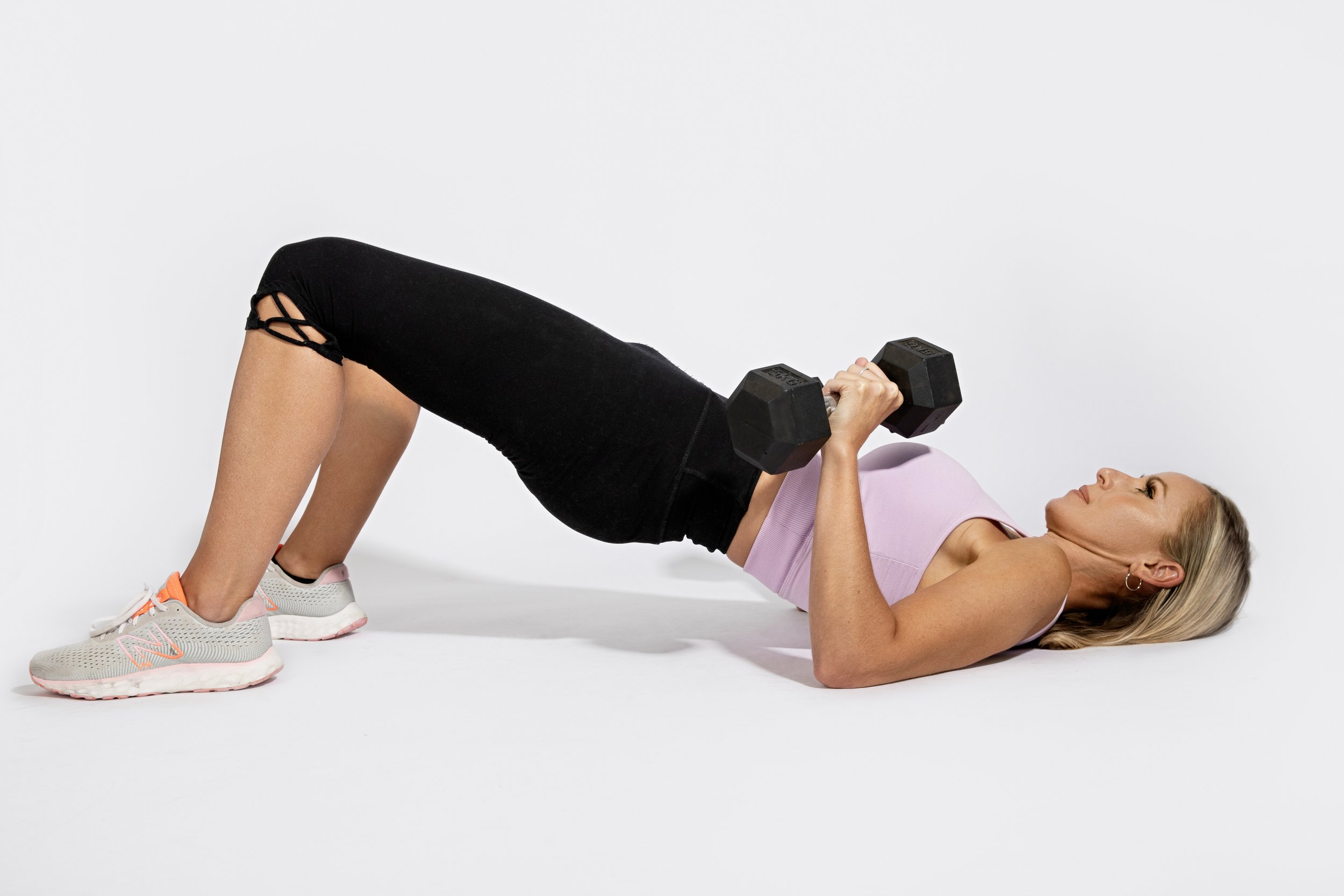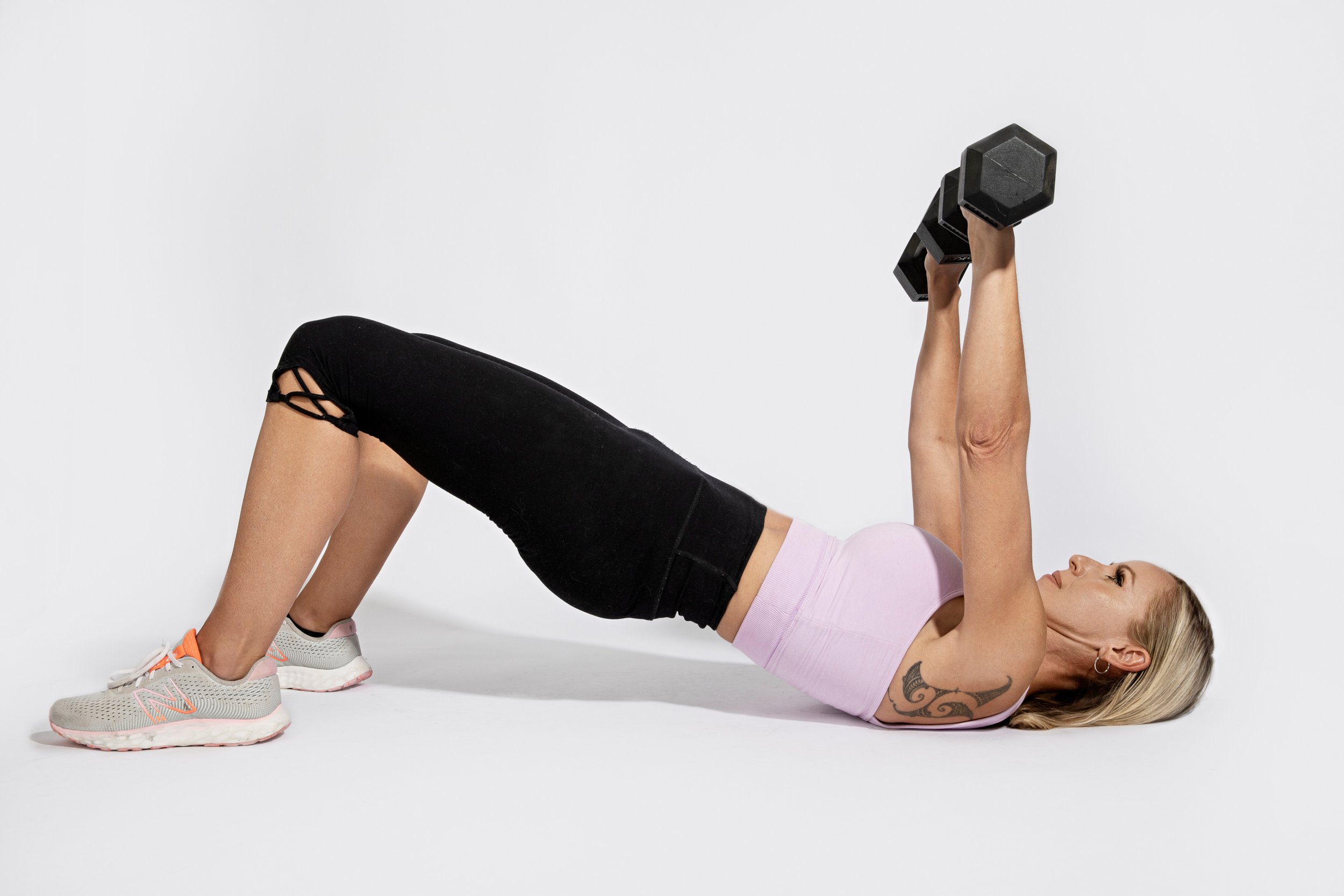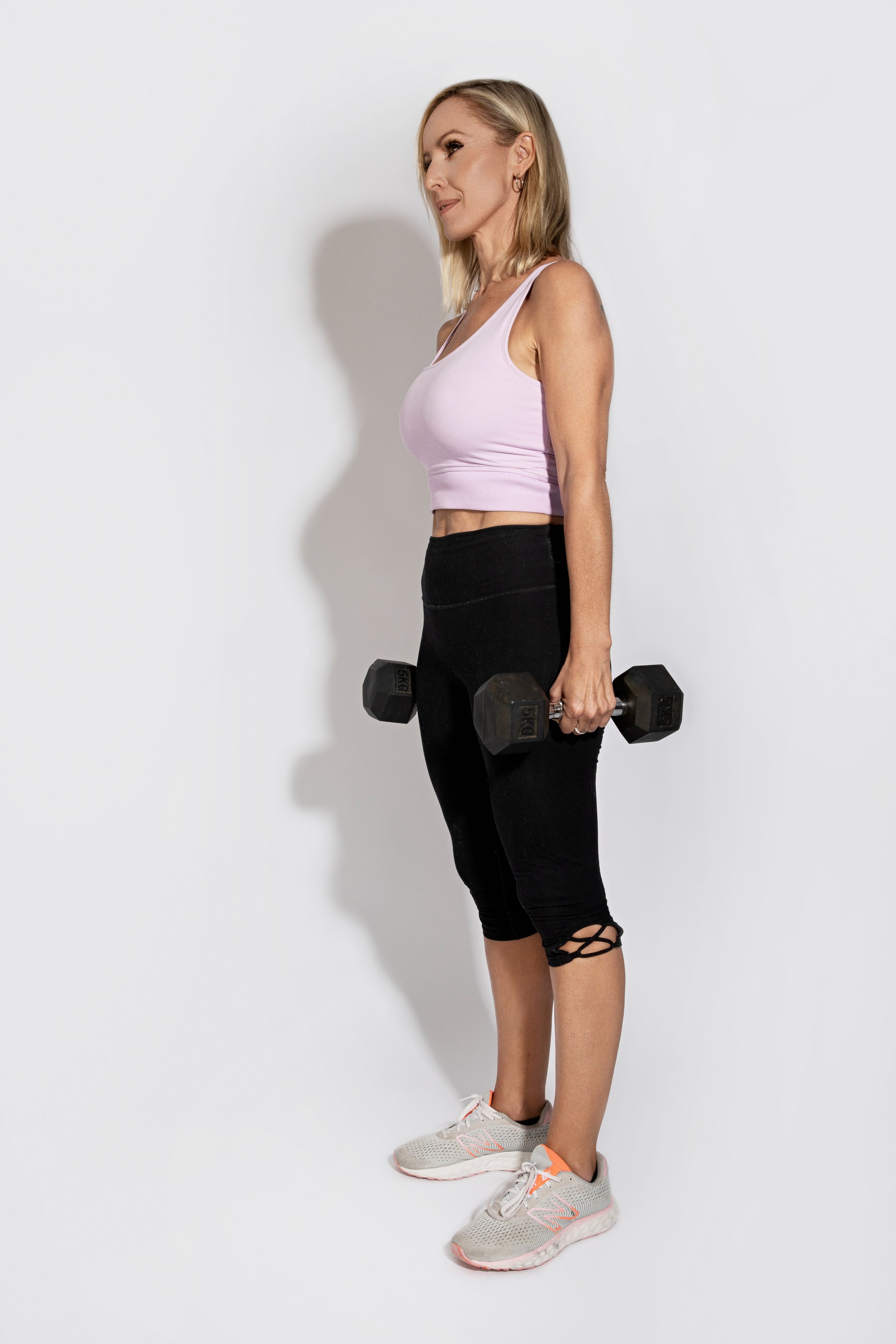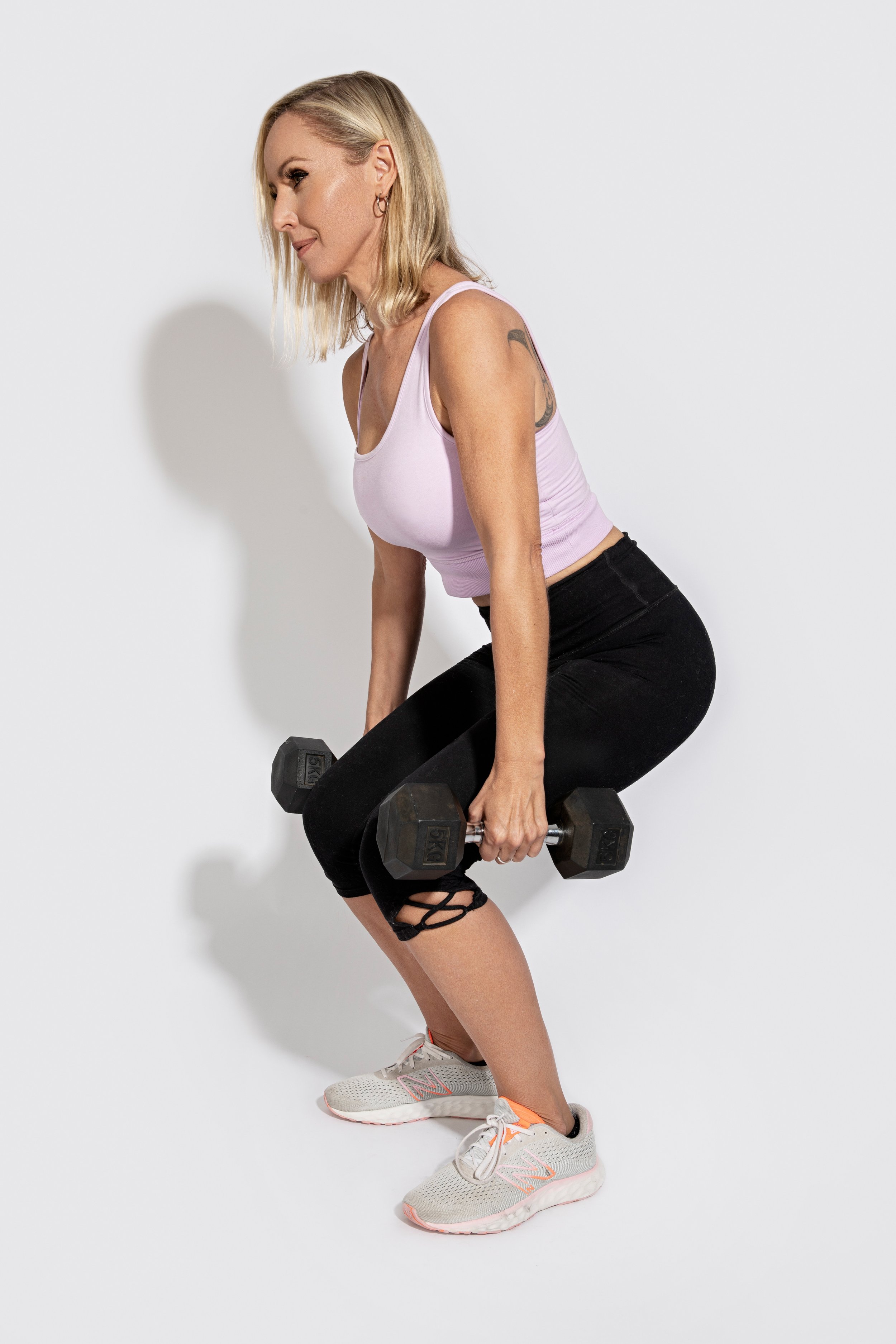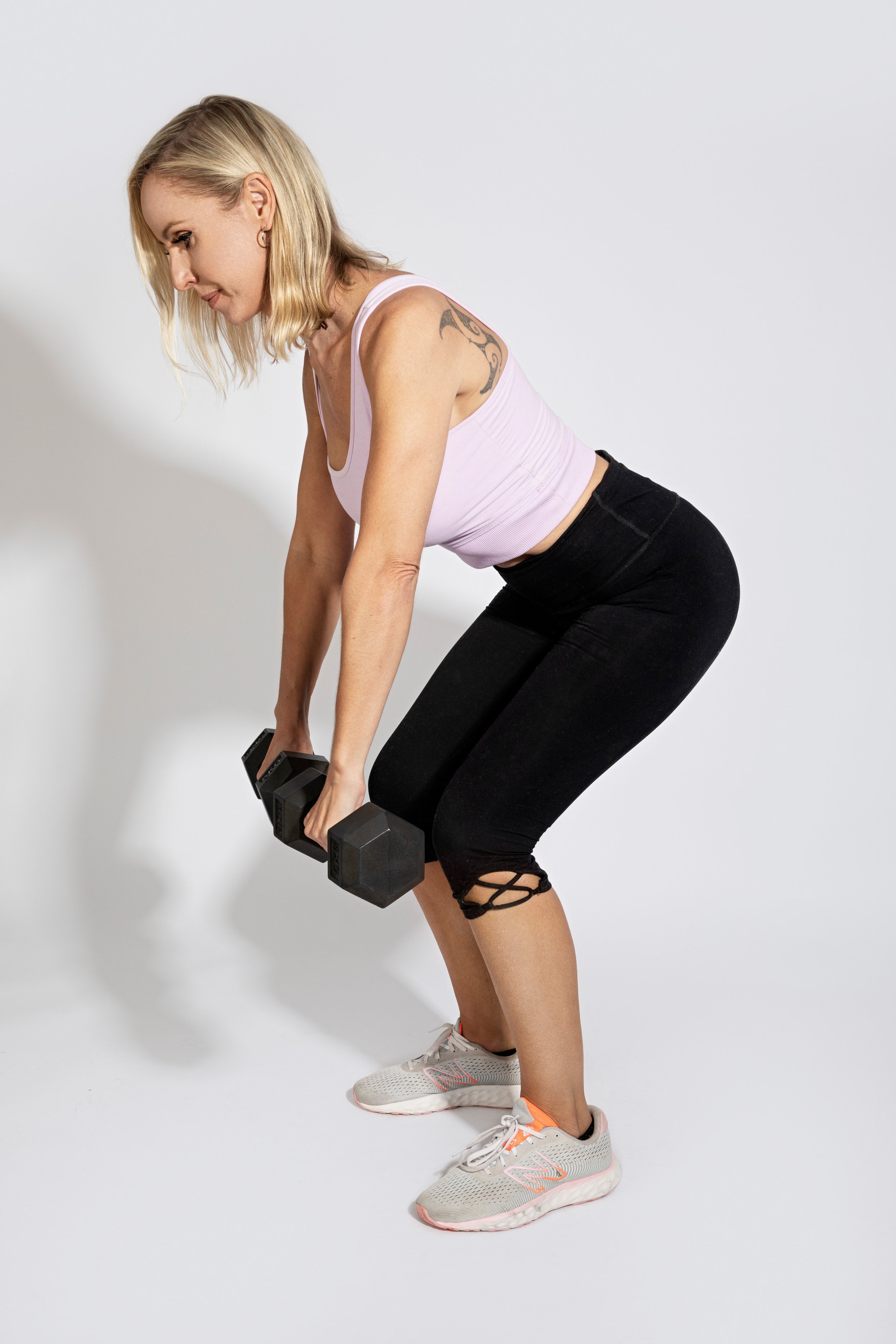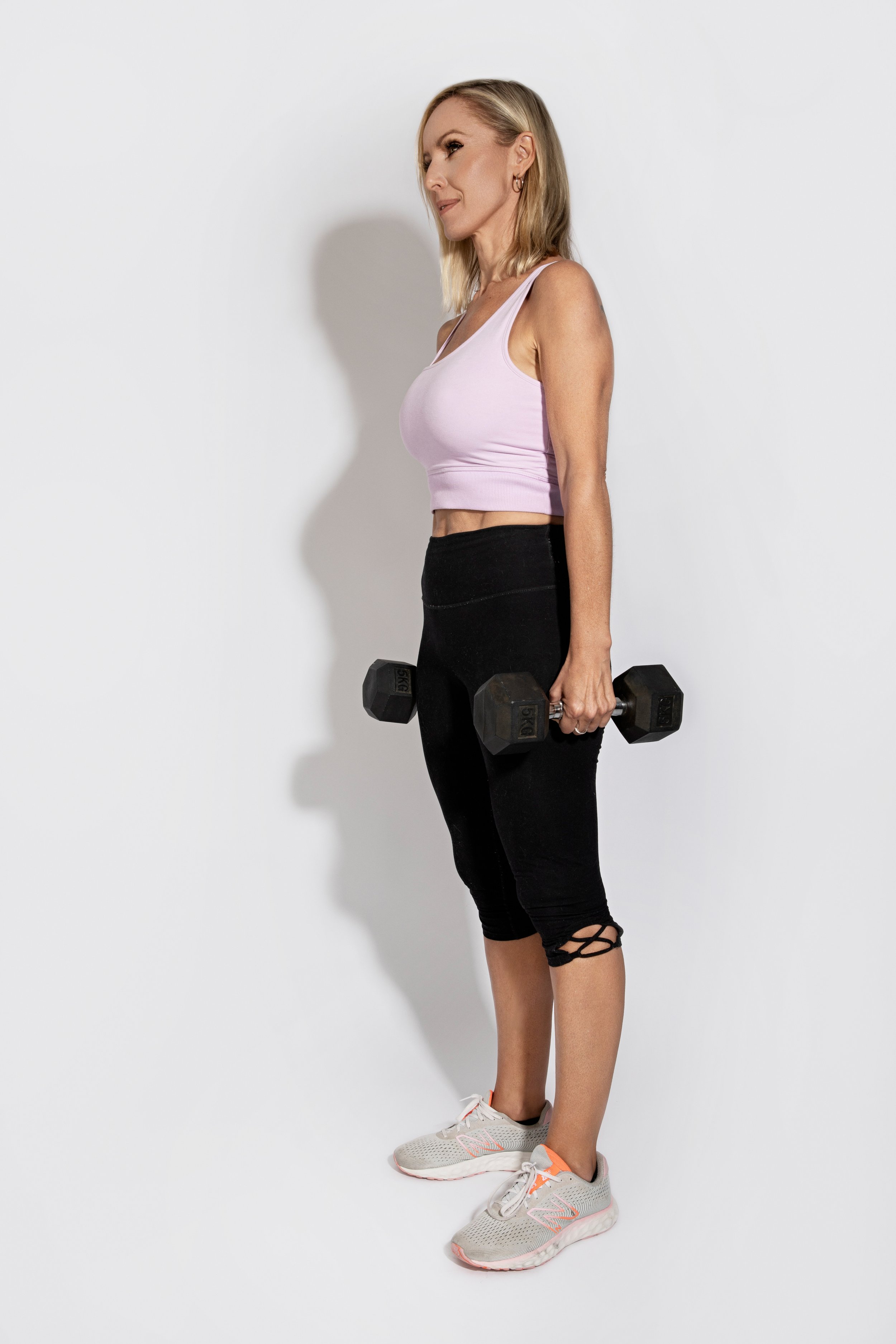A fine balance
Holly Brooker from Parenting Place offers a parent’s gentle guide to reining in screen time
Holly Brooker from Parenting Place offers a parent’s gentle guide
to reining in screen time.
While there are real benefits to all those handy screens in our lives (connection with faraway loved ones, online grocery shopping and relatable parenting memes would be my top three), there are also down sides. When screen time isn’t balanced with the other things that make us happy humans (things like exercise, sleep, time outdoors and, most importantly, face-to-face connection), the benefits are overpowered by the negatives.
Recently, the annual Nib Insurance State of the Nation Parenting Survey, which canvasses the issues and concerns of parents around New Zealand, released more research results showing what parents are struggling with the most.
The results reveal that 70 percent of parents and caregivers are concerned about their kids’ tech use, with 24 percent revealing they are “extremely concerned”. However, two-thirds (66 percent) of us admit we rely on technology as a distraction for children. Easy babysitter, right?
Are we addicted?
What is interesting about this research is that parents admit lacking discipline when it comes to their own screen time and their inability to model healthy device use.
In fact, a whopping 50 percent of the parents surveyed said they themselves felt addicted to their devices. I’m sure most of us can relate. We are living and parenting in the thick of a digital era and can feel this constant push and pull as we use tech while also trying to maintain balance for our families.
The family hui
I’m a big fan of the “family reset”. There can be more buy-in when boundaries are discussed as a family (in a family meeting or hui), and there’s an opportunity for kids to identify the positives and negatives they see from device use and feel heard as they voice their opinions too. Be honest, share your own thoughts and concerns – it’s great to share how too much screen time affects us as adults as well.
If tech time has crept in as the default activity at your place, you might want to chat with your kids about ideas for offline things to do. Joining your child in these activities can help them transition back into the real world − whether it’s a board game together, a walk to the park to kick a ball, or doing something creative together.
Walk the talk
The thing is, kids learn by what they see more than what we say. So if we keep harping on about the dangers of screen time but are constantly on our phones ourselves, the message is murky.
I’ve found that turning notifications off, deleting social media apps and news apps with never-ending feeds, and even using grey scale has helped me rein in my screen use and makes my phone less enticing!
Putting limits in place
Limits are good. While we can’t live in a screen-free bubble, we can put boundaries in place around when, where and for how long our family can use devices. We can also have family limits around what content our kids are consuming.
Every whānau is different and parenting isn’t black and white. How much access to technology you want your kids to have is something you get to decide for your family, and limits might vary according to circumstances or change as your kids get older.
When we set limits, it can take a bit of work to stick to them and continually reinforce them. Patience and consistency are key here. Kids are wonderfully adaptable – they will adjust to the new framework and find fresh ways to spend their time. They’ll also benefit hugely from the developmental opportunities that time offline can bring.
Trust your own instincts, weigh up the pros and cons, and figure out where your family values lie, then set the limits you want for your family. And apply them to yourself, too.
Then, when all of that hard parenting work is done, sit down with a cuppa to enjoy that gripping show on Netflix you’re hooked on.
Taking charge
It took a health scare for Scandi Health Coaching owner Sofie Falk to find her true calling – helping other women realise their potential through self-care
It took a health scare for Scandi Health Coaching owner Sofie Falk to find her true calling – helping other women realise their potential through self-care.
Words Hayley Barnett
Photos Gleeson Royfree
Sofie Falk often thinks about the day she woke up exhausted. Reflecting on the night before, there didn’t seem to be any explanation for the worst fatigue she’d ever felt. She wasn’t hungover, the kids hadn’t kept her up, and she’d gone to sleep at a reasonable hour.
She dragged herself out of bed and managed to get her kids to daycare and school, but immediately returned home to sleep for six hours.
“When they came home I put them in front of the TV and went back to bed,” she explains. “From then on I started having horrible night sweats, my lymph nodes were swollen all over my body and I had constant migraines.”
The Tauranga mum of three went through the hospital system for a year and a half, having x-rays and ultrasounds and biopsies of her lymph nodes. They were consistently swollen, which indicated that Sofie had chronic inflammation throughout her body.
“After a lot of different tests, I was eventually discharged from hospital
as a ‘diagnostic dilemma’. But I knew there was more to it.”
That was the beginning of Sofie’s foray into the natural therapy world. With a degree in Sports Science, and having worked in areas like human nutrition at The University of Auckland, a lot of holistic treatment was foreign to her, but she also knew there was a chance she could treat whatever it was that she was fighting by changing her lifestyle. She saw a naturopath who advised she cut out caffeine, gluten, dairy and alcohol, and after just a few weeks she noticed a massive difference. Her migraines had disappeared, she started sleeping well and the swelling in her lymph nodes dramatically improved.
“I felt like I'd got back to myself. I started wondering how many other people were out there suffering and thinking it’s just mum life or some horrible illness they can’t shake.”
Blessed with newfound energy and vitality, Sofie decided to upskill by doing a health coaching course, to find out about the latest research in holistic medicine and nutrition. “I found my calling,” she says. “I needed to work with women, to help them become the women they know they can be.”
From there, Scandi Health Coaching was born, and soon Sofie was organising health retreats. She had been to a few herself in the past and knew there was a gap in the market for something low-key, affordable and less, well, hippie.
“The retreats I’d been to were expensive and they were the kinds of places that make you sit around a campfire burning up your notes,” she laughs. “I wanted a normal one, where you can opt in or out of anything and just have time to yourself. I wanted to offer women a quiet space to notice what we need to notice.”
The last retreat featured vegan chef Mila Arena of delivery service V On Wheels, as well as Encore Pilates owner Fanny Peters and yoga teacher Estelle Harman, all known experts in their fields. The retreat offered yoga, breathwork and pilates, with massage, reiki and beauty treatments as added extras.
Coming up on her fourth retreat in October, Sofie dreams of taking groups of women to the Cook Islands and Australia. Right now, they’re being held closer to home, like Paradise Valley in Rotorua.
“I grew up in Sweden and it was normal for people to attend retreats regularly,” explains Sofie. “I want my retreats to be for the everyday woman. Why can’t we all go somewhere exotic on our own or with a friend for a week, to recharge?” For now, Sofie is focussing on balancing work with family life, keeping her revitalised sense of self well nourished.
“I don’t want to tip over into burnout. The demand is there so I’ll carry on offering it, but I might have to hire a bigger team at some point!”
Style status
Spring into action with trans-seasonal pieces
Spring into action with trans-seasonal pieces
Words Nicky Adams
Augustine Ezra Skirt $159.99, Betty Blazer, $199.99, AND Kesha top, $139.99, all from Augustine.co.nz
READ THE ROOM
Again and again the same phrase is being reiterated – timeless rather than trendy; reimagining and repurposing classics with sensitivity to the economic climate. Staples should make up around 70 percent of your wardrobe and be trans-seasonal. If you update with one basic, make it utility wear – a pair of cargo pants, jacket or dress. Rather than the shapeless low-rise trousers of Y2K, this time cargos are tailored, and utility wear boasts well-placed pockets and comes in a range of colours and fabrics. Trousers are a solid staple this season; along with
ultra-baggy styles, straight leg (both jeans and tailored) are a great investment.
Unisex ACW X TBL Hunting Parka, $1,500 from timberland.co.nz
Xander tailored pant, $159 from iloveugly.co.nz
PUMA Cali Court sneakers, $160 from nz.puma.com
RETRO CHIC
Great for the office, casual or event wear is the spring staple of florals, and jewel tones give a fresh perspective. Tweed is strong this season and along with the classic jacket, there are sheath dresses and two-piece combos. Meanwhile the white sneaker trend has morphed into subcategories. Celebs have been seen in Adidas Originals which look great with wide-leg pants. Elevated sports luxe tends to be understated and easy to pair with anything, while the closest to a “trainer” often introduces colour while giving a 90s vibe (the Asics Gel Kayano celebrated its 30th anniversary with a new release). These are best paired with oversized blazers and baggy jeans, not dresses.
Trelise Cooper At A Cinch Dress, $899 from wendysboutique.co.nz
Asics Gel Kayano Legacy, $340 from asics.com/nz/en-nz
Twist detail halterneck jumpsuit, $215 from Cos, Commercial Bay, Auckland
TRENDING NOW
Most wanted this season
BRIGHT, SUNSHINY DAYS
As the weather starts lifting, why not lean into glamour with something elegant or slinky. Corset styles are here to stay, and have been worked into patterned and floral dresses, giving off a vintage rather than bedroom feel. If you gravitate more towards easy to wear, easy to care, then a strapless silhouette is a key look, whether in maxi or mini length. Again, there’s that 90s minimalism prevalent in the aesthetic, but stretch fabrics have come a long way in that time, so comfort is a bonus. Necklines have been a focus for summer styles, with delicate shoulder reveals and halter necklines big news, whether in tops or incorporated into all-in-ones. Spring pastels are a tried and tested seasonal win. While barely there hues of baby pinks, blues, lavender and sunshine-yellow may feel like a cliché, they just look so good as the weather brightens.
Knewe Dakota Dress, $229 from street2surf.co.nz
L’idee Vacances top, $262 & skirt, $239 from superette.co.nz
Venice Shoes, $319 from nicolerebstock.com
Simply Italian Wreath Earrings, $244 from tillyandtiffen.co.nz
FESTVAL FEVER
If concert wear is front and centre, you’ll know that the bigger the star, the more themed the ensemble. While festival fashion has always been a thing (think Coachella, as much a fashion statement as an event, or Glastonbury grunge aesthetic), it seems themed threads have gone mainstream – so much so that some websites (ASOS, One Teaspoon) devote sections to concert looks. Cowboy boots will forever be synonymous with boho, as chic with shorts as with sequins; the Taylor Swift Eras tour has made fringed outerwear a must-have. Check out party dresses that can be paired with sneakers as well as heels – comfort is key! The concert must-have of 2023 is the perspex bag; rather than just another revival of a 90s look, its high visibility ticks all the security boxes.
Self Portrait Gold Sequin Mini Skirt, $589 from superette.co.nz
All Star Hand Embellished Leather Jacket, $780 from oneteaspoon.com.au
Aviator sunglasses, $39.99 from
Golden Emboss Glamour shoes, $219 from minx.co.nz
Celestial Rose Long-sleeved Top, $109 from oneteaspoon.com.au
Mini Slouch handbag, $380 from helenmiller.co.nz
WHAT TO WEAR
How to tackle a dress code.
Event wear dressing goes hand in hand with several “in a perfect world” prerequisites. Ideally, the outfit will be unique enough that you don’t arrive and find you’re twinning with anyone else; the ensemble will be crease-proof – and sweat-proof – enough to survive the day and, of course, it goes without saying that you feel like the very best version of yourself when you rock up to the do.
Depending on your relationship with fashion, the chance to go all out for an event, whether it be the races, a wedding or a formal evening, can either get the adrenalin pumping through exhilaration or sheer terror. You may have more than one date in your diary, but lots of events doesn’t have to mean lots of looks. Going to the races calls for something on the classic and conservative side (go easy on the cut-outs, sheer and above-the-knee) as does a wedding, so it’s possible there could be crossover for these events. Equally, for a cocktail or a black-tie event, one outfit could serve both purposes. Change up the accessories, jackets and hair and no-one need know.
If you want to guarantee a unique look then shopping for vintage is fun, but if you’re buying unseen then it’s worth remembering sizing has changed over the years; a dress from the 70s will size smaller than present day. Renting occasionwear is increasingly popular and is a great way to source a label you might not find locally. Australasia has some phenomenal boutique designers; the smaller the run rate, the better your chance of being a standout.
Decoding the invitation
Navigating a dress-code can sometimes feel dicey, but it doesn’t need to be:
Smart/casual – dress up a little and break out that elevated look that’s just a smidge too smart for a dinner date. Preferably not jeans (unless they’re dark denim and you might get away with it) paired with a chic top for women or collared shirt for men rather than a tee, and heels or dress shoes as opposed to trainers.
Cocktail – bring on the satin, silks, velvets... A cocktail dress is traditionally thought of as around knee-length, although maxi is equally on point. For men, suits (with shirt and tie), usually dark in shade but if it’s a daytime event, light colours can be cool.
Black tie – gown or cocktail dress, go big or go home. Elevate your look with accessories, evening bags, jewellery, shoes. Tuxedo for men with bow tie.
White tie – this is top tier, so if you’ve been invited to an event like this, it’s unlikely you need advice! On the off-chance you do, then floor length gown terrain, tails for men – and white gloves all around.
Key looks for event wear spring 2023
Orange has been noted as a number one wedding guest colour this season, while green, brown and navy are also topping colour charts. Along with longer hemlines, cocktail, boho and western looks. High/low hemlines, tulle and ruffles. Elevated fringe.
Inside scoop
For women:
“The biggest trends we’re seeing are lots of bright colours and beautiful prints which Trelise Cooper does so well; we’re also seeing florals coming from our European labels.” The team at Wendy’s Boutique
For men:
“Shades coming through are rich dark greens, with complementary brown/tan buttons and contrasting stitch on jackets. White or black shirts with subtle textures look sharp worn underneath.” Jason Dovey, Bond & Co.
FASHION FORECAST
Get ahead with the latest summer fashion trends.
Seeing Red
For those desperately trying to balance out the shades of pink that are everywhere this spring, then throw in some red. A colour that is not only strong for summer, but one that is dominating the colour wheel for next autumn, it’s being showcased as head to toe rather than just accents. If you want to get ahead of the curve, this is one way to do it.
Wrapped Up
Never far away from the top trends, the bow is back this summer. On skirts, dresses and blouses – whimsical and romantic, for 2023, the bigger the bow the better. Oversized makes for a statement, and whether
on the shoulder as a strap detail, or added as a three-dimensional embellishment, the feminine look is a hit. If this is too much, then the easiest way to wear a bow is a loosely tied pussybow blouse.
Water Works
Summer resort trend is all about the mermaid inspiration – ranging from
a sprinkling of ocean to full- on Ariel under the sea. A body-skimming gown with a fishtail skirt is an obvious interpretation, along with pearl jewellery, crochet separates and sequin column dresses. If sequins feel like they’ve supersized, that’s because they have. Outfits are bedecked with lots of the larger scale-like sequins – paillettes. Sealike shades bring the look into force, with aqua, cerulean and cobalt colourways.
Pep Talk
If you’ve started noticing a resurgence of the peplum trend, you’d be right – and by summer it will be in full force. Generally a more structured look that in itself can be divisive, historically it has played into tailoring; however with its summer ’23 reboot it’s being incorporated not just into dresses but also jackets and tops, while being softened into almost a frill
in some cases.
Pause, Relax, Unwind
As we shrug off winter and look to set new health and wellness goals, the answer to lowering your stress levels and feeling better could be closer to home than you think
As we shrug off winter and look to set new health and wellness goals, the answer to lowering your stress levels and feeling better could be closer to home than you think.
Bay of Plenty is renowned for epic beaches, surf and sunshine but the variety of wellness activities on offer here has exploded post-pandemic. Soothing our minds and recharging our bodies is now a legitimate priority and there are some heavenly ways to do just that in our own backyard.
STEAM
Release physical, mental and emotional stress with The Sauna Project at the Mount or Waihī Beach. Heat up inside their traditional wood fired sauna followed by a cold ocean plunge. Known as “contrast therapy”, exposing your body to temperature extremes is a renowned way to promote healing, reduce pain and enhance your overall wellbeing.
SOAK
Try float therapy at Zen Float Spa. Their quiet pods of high-density saltwater remove gravity from the equation so you can completely escape from life’s many distractions. Fernland Spa and Ōropi Hot Pools provide a tranquil setting to let go of daily stress, or book a massage at one of the many beauty spas or massage therapy clinics across the Bay.
MOVE
Outdoor activities help promote mindfulness and improve your mental wellbeing. Mauao Adventures offer stand up paddleboard (SUP) sessions so you can admire both our moana (sea) and whenua (land). Or book a surfing lesson and experience the rush of riding our ocean’s waves.
STRETCH
Yoga and Pilates are long-recognised for their enormous physical and mental health benefits. Improve your strength and stability while releasing a rush of endorphins. Classes are available everywhere and are suitable for all ages and experience levels. Pilates can be done on reformer machines for extra resistance or just by using your own body weight. Enjoy a yoga session with Miriama at Waihī Beach or try a “Breathwork with Camilla” class for something a bit different.
CONNECT
We are surrounded by nature but often forget to fully appreciate it. Reconnect with the outdoors by playing a game of disc golf at McLaren Falls Park or take a stroll along our extended beachside boardwalks. Go for a hike through Pāpāmoa Hills Regional Park or explore native forests and spot a real life kiwi in the Eastern Bay with Ōmataroa Eco Tours.
PAUSE
Italians celebrate “dolce far niente” – the “sweetness of doing nothing”.
We can probably all agree that slowing down and enjoying the simple things in life is a great idea. Sit on the beach, walk through a park, enjoy a delicious smoothie at your local café, or pay your local coffee cart a visit. Find time to do nothing and you’ll be happier for it!
Fighting fit
Rachael Ferguson’s stage four cancer diagnosis was a stark reminder that health really is our wealth
Rachael Ferguson’s stage four cancer diagnosis was a stark reminder that health really is our wealth
Photos Tim Ingle + supplied
When Rachael Ferguson was diagnosed with stage four bowel cancer no one was more shocked than the former competitive bodybuilder herself. At just 32 years old, Rachael was the picture of health.
“I’d just got back into training,” explains Rachael. “I had been a member of Clubfit Baywave for five years and did a bit of running, too.”
At the time she was feeling a bit more fatigued than normal. Having just got married, Rachael put her tiredness down to the stress of the wedding and all the COVID-19 lockdowns that came afterwards.
Rachael and her husband Glen were planning to have a baby in the near future so she visited her doctor, to make sure she had nothing to worry about.
“Hand on heart, if we weren't planning to have a baby, I probably wouldn’t have made that call,” admits Rachael. “Had I not gone, it’d be a different picture for me today.”
After her diagnosis she had what is called definitive surgery treatment
– surgery on a sufficient margin of tissue. Her margins returned clear, but she still had to undergo chemotherapy, to catch any rogue cells.
Twelve rounds of chemo later, Rachael is thankfully one of the lucky few to survive stage four cancer.
“My treatment took place over six months, with one every fortnight.
I just kept an open mind every time and didn't fixate on side effects.
Plus I worked out the whole way through.”
Her doctors recommended she continue her fitness regime as best she could.
“I was told it’s really important to replenish your body after chemo, because it absolutely knocks you. Exercise can be the last thing you want to do and often I'd feel average for a couple of days after treatment,
but as soon as I would start to feel okay, I’d either be out going for a walk or back in the gym.”
Rachael continued training at Clubfit throughout, allowing her to still attend her favourite classes of Body Step and Body Pump.
“Everyone at Clubfit was so great,” says Rachael. “They knew what I was going through and where I was at. It’s always been such a nice community to be a part of. There's no judgement and there’s so much support for everybody, which you don't often find in a gym.”
Just six weeks after her last round of chemo, Rachael fell pregnant with her son, George. These days, with George having just turned one, Rachael still makes sure she prioritises fitness. She goes to Clubfit classes twice during the week and once on the weekend when George is at his swimming lesson at Baywave below the gym.
“I really believe being healthy and fit played a huge part in me fighting
the cancer the way I did,” says Rachael. “Everyone knows what the gym means to me now. It’s more than just staying in shape. A lot of women believe that once they become a mother their needs don't matter anymore, but you can't be your best if you're not feeling right. In many ways, looking after yourself is the most important thing.”
Trust your gut
Centre For Health’s Anna Rolleston takes a deep dive into the fascinating microscopic world of inflammation and how it can influence both our mental and physical wellbeing.
Centre For Health’s Anna Rolleston takes a deep dive into the fascinating microscopic world of inflammation and how it can influence both our mental and physical wellbeing.
Photo Jahl Marshall
Understanding inflammation is incredibly important for health and wellbeing. Inflammation is a natural response that helps our bodies heal and fight off infections. When we cut our finger or catch a cold, inflammation kicks in and our immune system sends an army of cells to the affected area to promote healing. However, when inflammation is prolonged or spreads throughout the body, it can contribute to a range of health issues and disrupt the delicate balance that keeps us well.
First, let's talk about physical health. Chronic inflammation has been linked to numerous conditions like heart disease, diabetes, arthritis, and even cancer. It's like a low-grade fire that smoulders inside our bodies, leading to tissue damage and impairing the normal functioning of many organs. Inflammation is the beginning of almost all disease processes, so any actions to reduce inflammation will be beneficial for our overall health.
Inflammation plays a role in our mental and emotional health as well. Research has shown that chronic inflammation can disrupt the delicate balance of neurotransmitters in our brain, leading to symptoms of anxiety and depression. In fact, individuals with chronic inflammation are more likely to experience mood disorders.
It is our gut that plays a crucial role when it comes to inflammation and mental health. The gut and the brain are intimately connected through a complex communication network called the gut-brain axis. This bidirectional communication influences our mood, emotions, and cognitive function. Inflammation disrupts this connection.
The gut is home to trillions of microorganisms collectively known as the microbiome. This bustling community not only aids in digestion but also plays a crucial role in regulating our immune system. When inflammation occurs, it can upset the balance of the microbiome, leading to a condition called dysbiosis. Dysbiosis can further perpetuate inflammation, creating a vicious cycle.
That's where adopting plant-based foods can be a game-changer. Plant-based foods are packed with essential nutrients, fibre, and antioxidants that have anti-inflammatory properties. Fruits and vegetables, in particular, are nutritional powerhouses that contain a wide array of vitamins, minerals, and phytochemicals. These plant compounds have been shown to have anti-inflammatory effects, helping to calm the flames of inflammation within our bodies. Moreover, the fibre in plant-based foods acts as a prebiotic, providing nourishment to the beneficial bacteria in our gut, promoting a diverse and thriving microbiome.
A plant-based way of eating is generally lower in saturated fats and high in healthy fats, such as omega-3 fatty acids. Omega-3 fatty acids have been shown to have anti-inflammatory properties, further supporting our overall health. Adding fermented foods like sauerkraut, kimchi and yoghurt contributes to boosting the quantity and quality of the organisms in our gut, especially if consumed daily. By shifting our focus to plant-based meals, we not only reduce our intake of potentially inflammatory foods like processed meats and high-sugar snacks but also increase our consumption of foods that actively fight inflammation. That is most definitely a win-win situation!
Adopting a plant-based approach doesn't mean totally giving up all animal products. It's about making gradual changes and incorporating more plant foods into meals. Start by incorporating more colour into salads and stir-fries, making the vegetable component of your plate the largest part and trying plant-based proteins like beans, lentils, and tofu. It's a journey of exploring new flavours and discovering the incredible variety of plant-based foods available to us.
By nourishing our bodies with a plant-based diet, we can help tame inflammation, support our gut health, and boost our overall well-being. It's not just about what we eliminate from our plates but also about the vibrant, nourishing foods we add. Celebrate the power of plants and embrace a healthier, inflammation-free life!
Plump and smooth
Local beauty expert Leanne Cashmore from Cashmore Clinic reveals all you need to know about Botox and fillers.
Local beauty expert Leanne Cashmore from Cashmore Clinic reveals all you need to know about Botox and fillers.
After years of administering injectables, I’m surprised how many people still don’t know the difference between botox and fillers. Firstly, Botox® is a brand name. Other brand names that are widely used in New Zealand are Dysport®, Xeomin® and Neuronox®. They all fall under the umbrella of neuromodulators (muscle relaxants).
But what is a neuromodulator? A neuromodulator is a tiny protein that blocks the communication between a nerve and muscle cells. As a result the muscle cannot move. Don’t get too fixated about what brand to use – so long as you are going to a reputable clinic, you are in safe hands. The baseline ingredient (botulinum Type A toxin) is the same. The difference is their molecular makeup, but essentially they all achieve the same result.
Muscle relaxants are used to temporarily stop an expression that is causing the creases you want to get rid of: frowning, squinting, raising your eyebrows, pursing lips (also known as dynamic expressions). Once the expression is halted through a muscle relaxant, the creases soften.
It is also used for jaw clenching (TMJ) and excessive sweating (hyperhydrosis). Neuromodulators have been used in the medical field for all sorts of conditions outside of beautification.
Now to understand more about dermal fillers. One example is Restylane®, but there are too many on the market to name them all. As an overall statement, they are used to add volume to an area that has lost volume, to lift the skin, lips, cheeks, chin, jaw, fine lines. The product is made up of a substance called hyaluronic acid that is already found naturally throughout our body. Our bodies produce less of this as we age. Once it is injected under the skin, the hyaluronic acid works by attracting water to the area, which causes the skin to plump out the wrinkles, hollows and folds. This can last a lot longer than neuromodulators – up to 18 months.
Both products work well together. Though there is only so much we can do with neuromodulators, it is becoming very popular to use as a preventative. But once we get to a certain age, losing volume in our face and elasticity in our skin is inevitable and dermal fillers and skin boosters, such as Profhilo®, are the best ways to improve this.
Don’t let the fear of needles get to you. It’s quick, easy and relatively painless. We can use anaesthetic creams to make it easier. The amount of people who say I wish I had done this sooner is far too common.
If you do choose either, or both, I recommend you go with someone
who has experience. We are regulated in this country so only medical professionals can inject. I myself have worked in a private practice dermatology clinic for nearly 21 years. This was after completing an 18-month internship at Tauranga Hospital shortly after graduating from nursing.
While working in dermatology, I specialised in appearance medicine.
Here I learned about injectables and everything about skin, skincare, and
what works from the best in the field. They taught me everything I know and I’m forever grateful for that experience.
After my children had grown I decided I needed to learn some new skills.
I opened my own business in 2018, which went very quickly from renting a small space with a hairdresser friend to buying my own building and having staff to help me. I concentrate on all the injectables and I have a nurse, Ann, who does everything skin, peels, needling and PRP, with lots of new treatments on the horizon.
Keep an eye out for my columns in UNO, where I’ll be giving you the lowdown on everything from skincare to cosmetic enhancement.
Remember, when you look your best you feel your best, and summer is
right around the corner!
Botox®, Prescription Medicine for the treatment of frown lines and crow's feet. Botox® has risks and benefits. Botulinum toxin type A 50, 100, 200 units. For product information check
with your doctor or consumer medicine information on www.medsafe.govt.nz. Allergan, Auckland. Restylane®, Medical Device Class lll to smooth facial wrinkles and enhance lips by restoring volume and fullness. Restylane® has risks and benefits. For product information check with your doctor or from product details with the supplier. Galderma, Auckland. Dysport®, Prescription medicine for the treatment of frown lines and crow's feet. Dysport® has risks and benefits. Botulinum toxin type A 300 or 500 Ipsen units. For product information check with your doctor or Consumer Medicine Information on www.medsafe.govt.nz. Click for further details. Galderma, Auckland.Shape of diversity
An inclusive beauty and body-shaping studio in the Mount is redefining body confidence.
An inclusive beauty and body-shaping studio in the Mount is redefining body confidence.
Words Hayley Barnett
Photos Salina Galvan
When hairdresser Rāhera Haaker lost 30kg three years ago after the birth of her daughter, Layla, she was left with a “mum pouch”.
“Anyone who’s had a C-section will tell you those pouches can be stubborn,” she laughs.
She tried everything from changing her diet to including daily intense cardio into her already hectic schedule, but nothing seemed to help minimise her bump. At the time, she was living in Australia and had heard about fat freezing, so visited a nearby clinic and ended up with incredible results.
A short time later she moved back to New Zealand and sought out one more treatment, but soon learned it was much less accessible in her home country – in more ways than one.
“My whole kaupapa with anything in life is inclusivity,” explains Rāhera (Ngati Whakaue/Te Arawa). “There's a huge part of the beauty industry that’s not marketed towards minorities. And that’s minorities in terms of sexuality, cultural background, financial status, and social status. Salons and beauty treatment centres often don’t provide a space that everyone feels comfortable coming into. It’s 2023, and it’s time to market these things to everybody.”
And so Rāhera set up Āhua Studio in the centre of Mount Maunganui, offering Thermal Shock Fat Freezing (cryolipolysis) and Body Sculpting treatments. Having worked as a hairdresser for 13 years, she also runs her hair salon out of the studio.
Through her hairdressing, Rāhera has grown a loyal client base who are attracted to her down-to-earth, non-judgemental approach.
“A good portion of my hairdressing clients are on the spectrum or queer,” says Rāhera. “I like creating a supportive environment for people who might not feel comfortable in traditional spaces. It’s providing the little things, like our booking system includes an option for people to add their pronouns.”
Though she caters to minorities, Rāhera has watched the growth in popularity of Thermal Shock Fat Freezing across all social groups, races and genders.
The non-surgical procedure removes stubborn fat from any part of the body using a technology that delivers a series of temperatures from hot to cold to hot, to shock the subcutaneous fat cells, causing them to permanently die. The dead fat cells are naturally disposed of over subsequent weeks through your lymphatic system.
The treatment process is painless, requires no anaesthesia, and your skin is protected from the risk of ice burn with a medical-grade gel pad.
A typical session lasts up to one hour and it takes around 14 days to see results. The number of treatments depends on the person.
“It really depends on the buildup of fat and the size of the area,” says Rāhera. “Also how active someone’s lymphatic system is, and their dedication to diet and exercise at home. If it’s a little buildup of fat and they eat really well, drink lots of water and are still regularly exercising, one treatment will probably be enough. For larger pockets of fat, and when the diet isn’t the best, with not a lot of water, they would potentially need a couple more treatments.”
One treatment reduces up to 47 percent of fat cells and results are permanent. The results typically show from 14 days and continue to show for up to 90 days.
Her second offering, body sculpting, targets large muscle groups using Teslasculpt HIFEM technology. It sends electric currents to the muscles, causing concentric contractions. Its primary focus is muscle building with fat loss occurring the same way lifting weights would reduce fat in a certain area.
“It’s the equivalent of doing 36,000 situps or squats in 30 minutes,” says Rāhera. “It tones and builds muscle while dissolving fat.”
Both treatments work for anyone, but the sculpting is designed for those with smaller areas of stubborn fat.
But, regardless of your fat buildup, and no matter your gender, sexuality, age, race or social standing, you can rest assured Āhua Studio will welcome you with open arms.
And it seems the machines don’t discriminate either.
“I’ve seen amazing results in many different people,” says Rāhera. “It doesn’t happen overnight. It happens gradually each day, but after one treatment, whatever the size of the area, you’re definitely going to get
great results.”
Ahuastudio.com
Shine a light
An upcoming event shines the light on men’s mental health by demonstrating that it’s braver to seek help than to tough it out alone.
An upcoming event shines the light on men’s mental health by demonstrating that it’s braver to seek help than to tough it out alone.
Words Liz French
Zane Munro
For too long, Kiwi culture has celebrated the tough guy. While women have felt free to seek help from friends and professionals, men have bottled their problems. If they expressed vulnerability or showed their emotions they risked being told to “harden up”.
With one simple word and a lot of support, Cassandra Hogan intends to help change perceptions about how men deal with their mental health. The event on October 13 that will put the focus firmly on the male state of mind is simply titled: he.
The pendulum is gradually swinging, but not fast enough, says Cassandra. As a certified life coach, she sees far more women than men, but she also gets to talk to men more deeply than many. “I’ve got a lot of guy mates,” she explains. “If they confess to me that they are finding life hard and I ask what they’ve done to get help, the answer is usually… nothing.”
Kenrick Smith from rake Healing with one of his mammouth artworks
Awareness that the men she talked to were just the tip of the iceberg, Cassandra germinated the idea that has evolved into he. And it’s got bigger than she anticipated.
While keen to facilitate an event about men for men, she knew it needed to be by men as well. Cassandra only had to put the word out to influential males in the mental health arena to have speaker offers flooding in.
Zane Munro is a speaker who is upfront about his struggle with depression, anxiety and feeling isolated. He says that the birth of his son five years ago was the impetus for the men’s mental health support group, For All The Brothers: “I didn’t want him to grow up like this.”
For All The Brothers provided a platform where blokes could comfortably share their experiences. It took off on social media (40,000 followers on Instagram!) and there are now branches in many centres. It has organised men’s walks all over New Zealand and Australia. “It’s easier to talk while you are walking side-by-side,” Zane points out.
Cassandra Hogan
Cassandra is an ambassador for The Shaka Project, an Australian initiative to ignite the conversation around mental health. Sean Weir from Shaka is coming to talk about the benefits of connection, mateship and brotherhood. Shaka was inspired by a dad’s love for his kids and his friends, something Kiwi men can certainly identify with.
Tai Tupou from Hamilton will also be an inspirational speaker. He experienced a downward spiral when a broken ankle axed his chances of playing league the day after selection. He represents The Last Chance Project, supporting men with burdens from haunting past issues to everyday pressures. The Last Chance Project provides a safe, healing and nurturing environment for men to walk positively into the next chapters of their lives.
Kenrick Smith is better known for his pictures than his words. Kenrick started drawing in the sand during lockdown as an outlet for his energy. So began Rake Healing, which creates mindfulness and calmness by putting artistic lines in the sand. Kenrick’s greatest pleasure is helping individuals fulfil their potential. If it’s fine on he. day, his work will appear on the beach outside the venue, Mount Maunganui Surf Club.
Co-ordinating he. is a big job for a woman with a business and a young family. Cassandra gratefully acknowledges her supportive family and friends and the assistance of Kim Brown of She is Unleashed, a networking group for self-employed women. Both women stress that while they are ensuring he. happens, this is the men’s do.
Serious action does not mean acting seriously. he. is planned as an evening of open sharing, laughing and realising others have your back. The Surf Club will create an intimate atmosphere in an inspiring location. Attendees get a drink as they arrive and dinner is served between speakers. Sponsor enthusiasm ensures the goodie bags will be very good! Women are welcome whether as partner, friend or interested supporter.
Well known sportsmen are already lining up to be involved in the next
event. “Next!” laughs Cassandra. But her supporters are already talking
about he. becoming a regular event and spurning spin-off groups.
The he. event will take place on October 13, 5.30pm at Mount Maunganui Surf Club. For more information, head to the Facebook page:
In the ‘hood
Kids can have big emotions. Simple self-care for parents helps find and lend kids our calm.
Kids can have big emotions. Simple self-care for parents
helps find and lend kids our calm.
Words Holly Brooker, Parenting Place
Parenthood is an incredibly fulfilling, beautiful journey, but it can also be one of the most challenging experiences. During times of high stress, it’s important we care for ourselves and build our own reserves so we can manage the stressors we face, and be present to support our tamariki. It’s like the safety message we hear on planes: Put your own oxygen mask on first.
Fitting in self-care
Life as a parent is incredibly busy. But self-care doesn’t have to be the luxe pampering you see on Instagram. It can be the small things, little and often, to achieve balance, like refraining from starting that gripping Netflix series at 10pm. Getting a good balance of fruit and veg (and no, the “grape juice” that goes quite well with Netflix doesn’t count as fruit). Moving your body, even if a daily five-minute walk around the block is all you can manage. Or snatching two minutes of silence during times of high stress to process the triggers you might be feeling.
Creating space for ourselves is an important tool to help ensure we are able to keep calm during periods of stress, so we can provide our kids with the emotional stability and support that they need.
Our kids need self-care too, with a gentle balance of sleep, good food, movement, and play. Consistent routines, exceptions and boundaries increase our child's feelings of safety and security, especially during times of extra stress and uncertainty.
Expect the unexpected
If there is one given in parenting, it’s that our children will have big emotions and big behaviours – often when we least expect it (like when we’re running out the door, already late). Big emotions can make children feel out of control. Children generally express themselves through behaviour rather than words, and sometimes that behaviour can be pretty confronting and loud.
Hence the need to look after ourselves first, so we’re well-resourced to be a cushion for our kids when their big feelings erupt. This is when our kids really need us to help them find their calm – we can lend them some of ours, but only if we can prevent ourselves from having our own emotions triggered by their big feelings.
Pause, reflect, engage
“Pause, reflect, engage” is a simple strategy to help reduce the brain’s threat level, enabling our prefrontal cortex to do the work it was designed to do. It’s particularly helpful if you’re struggling with additional stressors as well.
“Pause” is about stopping and taking a slow, deep breath (or 10!) in a stressful situation. It really is just about breathing. Oxygen is a gift to the brain and nervous system, and a very quick and effective way to calm things down a bit.
When we “reflect”, we gather information about and from ourselves, as well as from our surroundings. We use “reflect” with empathy to notice our thoughts and feelings based on the situation we’re in.
We do this by asking the following questions:
Name the feeling you are experiencing. It might be, “I feel frustrated.” No judgement, just acknowledgement.
Now consider, what might my child be feeling? “They seem to be feeling sad.” Accept where they are at, without judgement. “Those are their feelings, and that's okay.”
Consider the why? “I’m wondering whether I’m feeling so frustrated because they are making me late to work by mucking around?” or “I’m wondering if he could feel sad because I’m getting snappy and grumpy?”
Now we “engage”. Once we have that information, we can use it to better understand ourselves, our kids and the situation, and we can plan of how to move forward together. A simple, sharing conversation could be enough.
“When you and I were arguing before, I noticed that things were getting out of hand. So I just needed to stop and take a breath. When I did, I realised that I was feeling really angry and frustrated. Then I thought, well, maybe you felt angry too, maybe even sad because we were arguing? I don’t like feeling that way and I’m sure you don’t either. I’m sorry that it happened. There must be some way we can work this out. Let’s give it a go.”
This simple process of understanding our triggers and emotions, as well as our kids, and sharing these through conversation can provide a healthy process of connection.
Our children’s behaviours can be so big and intense that it is difficult to see the emotions underneath. When this happens, we are easily drawn into their emotional turmoil. But if we approach them with an attitude of empathy, compassion and understanding, we show them that their relationship with us is more important than their challenging behaviour. It might be a work in progress, but it’s always progress when you're moving toward connection at the forefront.
Team spirit
Twisting, tumbling, flipping, flying… Competitive cheerleading has a strong foothold in the Bay of Plenty.
Twisting, tumbling, flipping, flying…Competitive cheerleading has a
strong foothold in the Bay of Plenty.
Words Hayley Barnett
Photos Quinn O’Connell
Cheerleading has always been known as an all-American cultural activity of sorts. A way to provide overly enthusiastic encouragement to sports teams and “cheer” them on to victory. But in recent years, the way we view cheerleading has completely changed, thanks in part to the highly-acclaimed doco-series Cheer on Netflix. Watching the agile young athletes twist and turn, we were all reeducated on what it means to make it as a true professional cheerleader.
Cheer, which premiered in 2020, offers a glimpse into the cutthroat world of pro college cheerleading and the sheer hard work and athleticism required to make it to the top. What you might not know is that, for the past 10 years, the Bay has been training its own cheer talent in the form of Bay Twisters Cheersport.
Offering competitive and non-competitive cheerleading from the age of four and up, the local club, based in Judea, Tauranga, has more than 140 students. Rebecca Grigson, alongside cheer champion daughter Anna, trains their students to compete both here and on the world stage.
“Anna started doing cheer in Auckland from a young age,” explains Rebecca. “Then we moved here to the Bay and there was nothing. I was worried she’d miss out on cheerleading, so one day I just said, ‘How about we try doing something on our own?’ It was crazy, but it worked!”
Today 22-year-old Anna, who has been doing cheer for 15 years, is on three cheer teams – two representing New Zealand and one being the
Top Gun All Stars team in the United States.
CELEB POWER
When Rebecca got in touch with US cheer team Action Cheer, the opportunity arose for Cheer Season Two star Jeron Hazelwood to fly in from Texas to train the young students of Bay Twisters. He was tasked with choreographing a competitive routine for 99 girls at Tui Ridge in Rotorua earlier this year.
Asked how our Kiwi cheer world differs from the all-American version, Jeron answers it’s not that much different.
“There are a lot of different rules and regulations around safety and that kind of thing, but all in all it’s not that much different,” says Jeron. “It would be good to see some more boys involved, but we have that problem in the States too!”
Jeron says the key aspects he loves about the sport aren’t just physical.
“Although I love being the show pony as much as anyone else, the best thing about cheer is that it teaches you not only physical strength but mental strength as well.
“Over in America, we don’t really care for crybabies,” he laughs. “It can be a bit of an eye-opener for some people.”
Rebecca insists Bay Twisters is not quite working to the same extremes as Cheer in terms of pushing the envelope.
“We haven’t had any serious injuries!”
Cheerleading has finally been recognised as an Olympic sport globally, but Rebecca says, in New Zealand, it still has a long way to go when it comes to recognising cheer for what it really is.
“To be officially recognised as a sport at the Olympics, after so many years, that was an amazing feeling,” she says. “People still think it's all about pom poms and short skirts at rugby games, and it does my head in. When people say it’s not a real sport, I say I'd like to see them go out on the floor for two-and-a-half minutes and do the routine that these kids do. We're slowly getting there, though.”
Style status
Keep cosy but cool with key elements this season
Keep cosy but cool with key elements this season.
Words Nicky Adams
LAYER UP
Winter is the time when fabrics really come into play. Texture adds a whole new layer to any piece, so the distinctive look of mohair, or the sheen of silk or satin can take an outfit to the next level. Wool is at the fore in its many forms, and a modernised Fair Isle jumper is a cool retro aesthetic. Match with a pair of leather pants and chunky boots, or a statement sweater in cable knit or an on-trend colour (there are greens and pinks galore), and you have an outfit that breezes from day to night. If a jumper feels like too much of a temperature commitment (no one wants to feel trapped sweating it out on a mild Bay day), then consider a cardigan. Versatile to the end, it’s the ultimate seasonal sneak piece as you still get to showcase the outfit beneath.
Wrapping up in something snuggly has never been more acceptable with the post-pandemic love fest for leisurewear. A determination to prioritise comfort has led to a burgeoning market for anything you feel good in. Meanwhile, a solid staple that’s hit the big time this season is the white shirt – with the potential to be styled in multiple ways, it’s a foundation piece that you can’t do without. Winter accessories are surely the most gratifying, and this year the bigger the scarf, the more on-trend. A lightweight version comes into its own with its ability to double as sleek outfit accent and draught excluder when you get the seat no-one wants next to the open office door
Mulberry Bronte Bag $85, for stockists contact antlernz.co.nz
Principessa Dress, $570, twentysevennames.co.nz
Cable Knit Fair Isle Sweater, $299.95,
scotch-soda.com.au
Geo White Shirt, $269, Chartreuse Sailor Jeans, $289, nz.kowtowclothing.com
Peter Alexander Knit Check Cardi $99.99, peteralexander.co.nz
Easel Combat Boot, $400, mipiaci.co.nz
Garica faux leather pants, $255, urbanvogue.co.nz
Green Abstract Leopard Scarf $39, for stockists contact antlernz.co.nz
TRENDING NOW
Most wanted this season.
Unpack the partywear
Looking polished in winter always feels like a bit more of an effort – but the dazzle can still be worked into the outfit, just in different ways. The most obvious route is via your outerwear – a stylish, quality winter coat or jacket is an investment piece that will not just elevate your look but will be with you to the end. When you’re going glam in winter, you want hard-working multifunctional looks that will translate just as well at a milestone birthday party as a black-tie event. Balancing statement with staples is easy
to achieve with an on-trend maxi dress or skirt. Full-leg coverage makes this the ultimate cold-weather piece that can turn its hand to a host of different looks. Style with a blazer or larger-than-life faux fur for a super cool classic silhouette, or throw on a low-key jacket for contemporary. Plush textures are going strong, so don’t shy away from a furry, feather or shearling aesthetic. To extend your looks still further, consider winterising items in your wardrobe by incorporating layering pieces. Fine knit merinos or turtlenecks will slip under dresses and can be styled either to blend in or as a contrast.
Ruby Ariel Dress $329, rubynz.com
Nautica Ring $379, silkandsteel.co.nz
Curtis sleeveless Blouse $199,
rubynz.com/collections/liam
Scarf Mini Skirt $519 (limited edition), zara.com/nz
Nautica Hoops $269, silkandsteel.co.nz
In your element
The scarf trend has crept into clothing and can
be found incorporated into everything from coats to skirts. Embellishments are key; however, it’s worth thinking about the type of event before you commit to a look – stand-up versus sit-down can be more of an outfit barometer than you think (hours on a seat-full of sequins can be prickly). Instead tie these aspects in other ways. A black ankle boot will be a wise investment, good with maxis and pants, a sleek slimline heel makes this the perfect footwear to swap in to replace ankle-baring heels. If you’ve opted for a minimal design outfit then top the look off with an evening bag with extra va-va-voom; high shine or intricate detailing is a sartorial win.
Angel Feather Jacket $499, stormonline.com
Cashmere oversized sweater, honeydew,
$859, standardissue.co.nz
Darcy Suede Boots $490, scarpa.co.nz
C/MEO Reciprocate Mini Dress $349,
cocowellington.co.nz
Brie Leon Antonia Bag $250,
paperplanestore.com
COLOUR ME PRETTY
Work out which shades will light up your life. Words Nicky Adams
While we live in a time of obsessing over miracle creams and tweakments, the more achievable secret to looking our best is far simpler and lies not in a needle but in our wardrobe. For men and women alike, some colours will quite literally take years off you by visually brightening your skin tone. Others will suck the very life force from you.
Deciphering the colour palette that best suits your skin tone is not an exact science. A professional colour analysis is one way of doing it, or you can DIY it by holding up different colours close to your face to see which give you a lift. No matter how light or dark your skin is on the outside, cool, warm and neutral undertones are the colours that come through from under the surface of your skin. By looking at the veins on your wrist you may be able to work out where you sit. Blue or purple veins indicate a cool skin, green means warm. If, like me, you have spent lots of time staring at your veins but remain none the wiser, it might be that you sit between both and are neutral. Another tried-and-tested way is by looking at your jewellery or watch; silver looks good on cool skin tones, while gold flatters warm tones. Failing all these methods, most people will know how they react to the sun’s rays – warm undertones tend to tan, cool will burn more easily. While hair colour is no clear-cut indicator, generally the darker your hair, eyes and skin, the brighter the better, whereas naturally fair of skin and hair will find pastels and paler shades complement their features.
Once you’ve got a baseline of the shades that theoretically flatter you, don't be too literal. It’s very common to simply dismiss a colour and all the shades that lie around it when armed with the perception that the base colour does not suit you. However, different hues within the colour wheel can be subtle to the eye yet throw off a totally different look. Using white as an example, the wrong hue can easily make you look washed out – while pure white looks fabulous on cool complexions, a shift to ivory makes it stunning for warm. So, if there is a colour you’ve mentally banned, try again with an alternative that sits in close proximity.
If you’re reading this with a view that it’s irrelevant because “one size fits all” black is your go-to, then I have bad news. Black has long been considered the safe option, but for many complexions it can drain all the colour from the face; worse still, it can cause shadows that pool in those fine wrinkles, which of course is more obvious as we mature. If this is the case, you might find that swapping out black for navy is like switching on an internal light.
Once you’ve found those shades that really make an impact, don’t be scared to dial it up a notch. As we mature, vibrant colours become a statement. We’re in a fashion moment where dopamine dressing rules supreme - nevertheless, if you simply can’t make your favourite colour work then don’t despair, all is not lost. The key is to keep it at a distance from your face, so anything worn from the waist down will work. Equally use the colour to build on to accessorise with bright heels or matching bags.
Cool dressing
Pink or bluey-red undertones tend to blush more easily. Aim for bright greens, purples, bold and pale blues, jewel tones, cool greys, crisp white and sea shades.
Warm wearers
Yellowish or olive undertones look good in earth colours. Try greens, browns, warm reds, orange, peach, coral, yellow, taupe and off-white.
Neutral undertones
You suit a variety of hues and shades and can get away with most colours, so wear what makes you feel best, but be careful of bright colours.
Universally flattering colours
Anyone can wear these, whether you're cool, warm, or neutral, so don't be afraid to go bold with true red, teal and dark purple
FASHION FORECAST
Get ahead with the latest spring fashion trends.
What Lies Beneath
Lingerie-inspired looks have left the bedroom and will be hitting the high street. Think corseted tops and beautiful satins along with sheer fabrics and luxurious lace trimmings. The ubiquitous slip dress will be seen with lacy accents, and pretty camisole tops abound. To be this slinky needs confidence, and this trend is a something of a twist on power dressing.
A New Angle
Well, hold onto your hats – flattering and relatable? Surely not! Asymmetric hemlines are big for spring. This look lends itself to a fabric with movement and ruching along the seam; both aspects make this super easy to wear.
Shine Bright
Silver is coming out as leader of the metallics. A little more discreet than gold, it can be toned down to pewter, and slides into daywear with ease. Meanwhile, lime is the shade that will sing spring from the low-sheen colour chart. Refreshing and with a range of tones suited to most people, it’s a bold choice, but one that signals summer is on its way. With a colour this vibrant, the design is best pared back to let the hue do the talking.
Ethereal Beauty
Sleek draped dresses and skirts – dreamy, goddess-like and the new romantic on the runway. Avoid looking too costumey by keeping accessories to the minimal. It’s a soft, undone, and with its pleats and gathers in all the right places, very flattering look. It’s also a style that can be played around with for day wear, but translates easily into sultry evening attire or sophisticated event wear. The Greek goddess look is the ultimate classic.
Sole searching
Mount Maunganui photographer and creative Tasha Meys, better known on Instagram as @tastefullytash, shares her top winter footwear picks from SOLECT.
Mount Maunganui photographer and creative Tasha Meys, better known on Instagram as @tastefullytash, shares her top winter footwear picks from SOLECT
Boots in
“A high-quality black boot is a staple in my winter wardrobe. Pair with jeans, winter dresses or smart trousers.”
Timberland Cortina Valley Chelsea Boot $360
Cream please
“I’m all about a sneaker which works as well for a run up the Mount as it does with jeans for a casual vibe.”
ASICS Gel 1130 $190
Cosy toes
“These pink sheepskin slippers feel like a fluffy hug for my feet. Snuggly indoors yet easy-wear outdoors due to their hard soles.”
EMU Australia Mayberry Slippers $80
Shear comfort
“A shearling-lined cold-weather version of these classic Birks is a dream. Wear with cute socks for extra warmth. They feel like slippers but are totally acceptable to wear in public!”
Birkenstock Arizona Shearling $350
Star turn
“I love that the lift gives you that extra bit of height! Leather is warmer than the canvas version, so perfect with jeans for cooler days, or a dress and trench for an evening look.”
Chuck Taylor All Star Leather Lift Low $150
Support local
“Alongside a black boot, I love a brown boot in winter for a softer look. Ideal with blue denim and a white shirt.”
Chaos & Harmony Montreux Boot $390
Under pressure
A revolutionary sensory therapy is bringing clients a deep sense of wellbeing and inner peace.
A revolutionary sensory therapy is bringing clients a deep sense of wellbeing and inner peace.
Words Monique Balvert-O’Connor
Desiree De Spong loves how her working life is strongly focussed on offering people the chance to be wrapped up and supported, to feel warm, relaxed, calm and even healed.
All that is possible thanks to Desiree’s knowledge of the body’s lymphatic system and her associated desire to help facilitate life-changing results for a variety of people.
The Tauranga woman is a lymphatic specialist and developer and designer of Flowpresso®. Flowpresso, Desiree explains, is a sensory therapy system designed to reset the body’s physiology to support healing and general health.
The system is a result of Desiree’s desire to combine holistic therapy with scientific rigour, driven by a conviction that lymphatic therapy offers “a missing link in health”.
Essentially, Desiree tells, Flowpresso the product is a special bodysuit – one that comprises individual chambers that inflate in sequence and cover the legs, abdomen, arms and torso. It is non-invasive natural therapy, with reclining clients remaining clothed while enjoying a sensory treatment based on compression, thermodynamic heat and deep pressure (“pressure of a good kind”). Hence the feeling of being wrapped up, hugged and calmed.
Among those endorsing the suit is our constabulary. A research study, which involved 135 first responder candidates, showed the suit improved sleep by 92 percent, reduced stress by 63 percent and reduced anxiety by 55 percent. The WBOP Police became early adopters – that was two years ago – and remain users. Following their lead were other first responders, such as nurses and firefighters – people dealing with community stress and then their own. Referrals also come from counsellors, psychologists and others within the health field.
So, what’s the magic behind this suit? Flowpresso’s purpose is to release toxins, switch off the body’s fight-or-flight mechanisms, and encourage a rest and repair state, which is the optimum state required for a body’s healing process. Time in the suit once per week for three weeks is recommended.
For Desiree, Flowpresso is the realisation of her dream to create an evidence-based therapy that helps with mental health and sleep crisis.
It’s a field that’s a far cry from what she did in her “past life”: She worked in IT and finance for the NZ Fire Service.
“I made the change as I wanted to be involved in something that helped people. I became spellbound when I attended workshops in lymphatics. It was like a lightning bolt moment, as I saw lymphatics as the missing
link in health,” says Desiree, who went on to train in the USA and Australia.
She’s been a lymphatic specialist for two decades now, constantly building upon what she can offer. Flowpresso is a relatively new development, resulting from extensive worldwide study of existing technologies and their efficacy. This keen entrepreneur soon realised she would need to design an effective device and develop an initial prototype.
The first Flowpresso suit was manufactured only four years ago. Updates and refinements followed and the full Flowpresso system was launched in February 2020 with support from NZ Trade and Enterprise.
Close to 500,000 sessions per year are going on in the world now, Desiree tells. Exports are predominantly to the USA, Australia and the outskirts of Europe. In the USA alone, the suits are used in about 240 clinics and donned by those in law enforcement there too. Desiree has been hosted on a couple of occasions at the NZ Embassy in the USA to speak to those involved in defence, homeland security, law enforcement and firefighting.
Back home, Desiree and fellow wellbeing advocate Karen Gemmell, own Neuro Bar (with Tauranga, Te Puna and Matamata clinics) where Flowpresso therapy is available. Other clinics have purchased the suits, so Flowpresso is available in various locations nationwide.
Creating something pivotal in facilitating people to experience positive change in their lives is the best thing ever, Desiree says. "It's heart-touching and I’m elated. Users talk about how relaxed they feel after a session – some hadn’t necessarily realised how stressed they were. People say they’ve noticed improved sleep quality and energy, and a decreased stress response. Many feel they’ve been hugged all over.”
“Among other things, hugs release the feel-good hormone, but a lot of people don’t have access to hugs. And as the saying goes, we need four hugs a day for survival, eight for maintenance, and 12 for growth,” Desiree smiles.
Turning heads
A stylish new salon in Te Puna makes waves.
A stylish new salon in Te Puna makes waves.
Words Nicky Adams | Photos Jahl Marshall
Opening its doors at the end of last year, Kevin & Co is a new hair salon based in the heart of Te Puna village. With its stunning fresh décor, wooden accents and spacious layout, the aesthetic is everything that owner/founder Amanda Sutton had envisaged when she set out to create a calm space where clients could relax and zone out.
Together with stylist/executive assistant and “right-hand woman” Hayley McCabe, Amanda has concentrated on setting the tone for a retreat-style salon. Using premium hair care products was hugely important to her, and she raves about luxury brands Oribe from the States and premium Australian haircare from Kevin Murphy.
“In the colour range, the Kevin Murphy tints are honey based and ammonia free, so they’re super soft on your hair, giving heaps of shine, and are nice and gentle on the scalp – which is really important for people these days.” In addition, when it comes to colours, it’s “hands down the best powder lightener I’ve used in my life, although their colours are really good across the board.”
I comment the brand must be good to have inspired the salon name – to which Amanda laughs: “It’s not actually after the brand; this tracks back to when I was a teenager, I’ve always wanted an English bulldog; his name was going to be Kevin, and he was going to be a salon dog – the salon just happened to come before the dog!”
Based in Hamilton until around five years ago, she moved to Tauranga, and met Hayley when they worked in a salon together. They formed such a great bond that when Amanda opened Kevin & Co, Hayley coming on board was a natural step. They are, says Hayley “very much a team.” They recognise the great synergy they share is important as they expand, which will be the next natural step. But while Amanda plans to take on more staff, maintaining the calm vibe remains central to her vision.
The atmosphere is zen, but the feel is modern. I wonder where each of their passions lie as stylists. Amanda says she thrives on finding that perfect hue for her clients – “I love anything colour related. I’ll figure something out for you – if it’s blonde, brown or copper – as long as I can make you feel good, I’m happy.” Hayley equally enthuses about the colour process, and she fizzes when she talks about blondes: “I love the transformation with blonde. It’s not just one shade – you can do so much with it – you can create dimension and you can make the client bright or creamy, cool, warm.”
They are both aware that part of hairdressing is being up to speed with the latest looks, although most “new” trends have been done before. “All the grunge, and the 90s is coming back – the wolf cut, undone, messy – it’s following the same curve as fashion.” I wonder what their dream style would be to create. Amanda would go for the total redo “100 percent! People do their best work when they are left to do it; bring in your inspo pictures and we’ll dive in and figure out what you like most out of each picture, but the creative freedom to bring it to life is amazing. I also love colouring, a lot of people don’t take into consideration eye and skin colour – all of that comes down to what kind of hair shade they should have.” Hayley, on the other hand, is all about the cut – “I love a good blunt long bob. If someone comes in and wants it, I’m like, ‘Let’s do it!’”
For those people who have tricky hair, or who may be reluctant to try a new style or salon, Amanda agrees it can feel like a big step. “We offer free consultations; for anyone who is second-guessing, that’s a really good tool. You can come and scope out the environment and space and see if you feel comfortable here – talk to the stylist, see if you form those connections. We would cover everything from past experiences, products used, styles tried, then we can hone in on what you’re after.” Excited about the journey, both stylists are committed to staying ahead of the curve. As Amanda rounds off, “The second you stop wanting to learn as a hairdresser, you should stop hairdressing”.
Amanda’s top haircare tips
Start with a good foundation, to make sure you get the best out of your new hairstyle. A personalised shampoo and conditioner will make dealing with your hair on a daily basis much easier.
Protect your hair when heat styling. Heat protection comes in many forms, such as a spray, cream or foam, and is essential to ensure minimal damage.
Maintaining colour between appointments is easy: For blondes, use purple shampoo, and brunettes, pigmented conditioner. Some shampoos even have UV filters to protect against sun damage.
Keep hair healthy with a weekly treatment. My favourite is a scalp scrub followed by a deep-conditioning treatment. It keeps my scalp happy and my ends lush.
Maintain long hair with a micro-trim every six to eight weeks. Taking off the smallest amount promotes health and ensures it grows happy and long.
Feel-good fashion
Sister boutiques Urban Vogue and George Edward keep fashion at the forefront.
Sister boutiques Urban Vogue and George Edward keep fashion at the forefront.
Words Nicky Adams | Photos Salina Galvan
Buying clothes is a bona fide spirit lifter. There is joy (and adrenalin) involved in finding that perfect outfit, but a huge part of the experience is being comfortable and confident in your surroundings when you make those choices. Vicki Burns, owner operator of Urban Vogue and George Edward in Bethlehem, and her team are exactly the sort of people you want to be there to help with those – sometimes complicated decisions.
Despite 30 years in the industry, Vicki has not been caught up in the smoke and mirrors of the fashion world. What drives her is knowing that her customers can enjoy all the attractions of a boutique surroundings but have access to attainable but individual pieces. With her own style leaning towards a casual steampunk aesthetic, what Vicki loves is that she has found her niche in the market by bringing her client base a range of looks that are influenced not by her personal preference, but by good style and high quality rather than moving trends. In fact, she tells me, her best feedback is when customers come back and say, “I’ve thrashed that piece – can I have something similar?” Not, she laughs, the best business model in a trend-led industry.
Her small team are, like Vicki, there to help with their considerable experience and expertise, rather than to tell people they look good to secure a sale. The success of this ethos is reflected in the fact that the majority of the two stores enjoy predominantly repeat custom. The team have mostly been with Vicki from the very beginning, or the early days. Urban Vogue was established 16 years ago when Bethlehem Town Centre was developed, and Vicki took over George Edward a year or so later. She finds it works well having the two stores so close together. There’s a slightly different emphasis on stock, with Urban Vogue catering to those looks that you won’t find elsewhere, and George Edward leaning more towards classic, modern chic. But with the same staff working between the two shops and having knowledge of the entire stock, there’s a synergy that means customers have the benefit of a far more extensive pool that they would first have thought. The team of Kim, Sonia, Robyn, Megan and Donna all bring a unique skill set, from Sonia with her flair for individualism, to Megan who is an instore professionally trained colour consultant, able to assist customers with their best looks.
The concept of doing things a little uniquely filters from the looks to the interior design of the stores, specifically Urban Vogue, which has been set out in the style of wardrobes. Typically arranged by colour, it streamlines the process for the customer. Vicki holds that for the store her initial mission statement was “to develop a space where people could come and tell us the dog’s sick or the bird’s having its beak clipped
– I wanted a friendly space. For people to come and connect. And that’s what they did – and those people have carried on supporting us.” When it comes to the labels held in stores the idea was “trying to get things that were a little bit outside the square, but not to the point where it’s scary for the consumer.” Over the years the brand choices have evolved organically, as Vicki continues to strive for a feel of exclusivity – along with this, Vicki has her own unique spin on the styling of her pieces. This, she puts down to her personality. “It’s really good, because although there are other lovely independent boutiques locally, we’ve all got quite different personalities – and that comes through in our stores.” Along with the different looks is an emphasis on body inclusivity and wearability. “I want things people will wear above all else. I don’t buy for a fleeting trend; I buy for my customer. And they need quality and affordability.”
Vicki’s boutiques are well known for the fabulous fashion shows they put on locally – often for a charitable cause. She loves the community aspect of these and sees it as a way of giving back to her loyal customers as much as showcasing her lines. As someone uncomfortable with limelight and fanfare, Vicki is level-headed about the perceived glamour of the fashion world. Instead, she thrives on representing the ordinary woman in fashion’s extraordinary world. What she does love is “the changing landscape – you don’t know from one day to the next what you’re going to get out of the industry. I might not buy the passing trends if it’s no good for my customers, but I love to look at them, keep up to speed, to feel the fabric and know that the quality is being upheld.” For Vicki and the team at Urban Vogue and George Edward, the real joy is customer service, satisfaction and the camaraderie that fashion produces.
Matters of the heart
Anna Rolleston of Tauranga’s Centre for Health highlights the importance of protecting your ticker and keeping an eye out for any warning signs of heart disease.
Anna Rolleston of Tauranga’s Centre for Health highlights the importance of protecting your ticker and keeping an eye out for any warning signs of heart disease.
Photo Jahl Marshall
Did you know your heart is not just another organ in your body, but rather a life-sustaining force that keeps you going day after day? Unfortunately, heart disease remains one of the biggest killers worldwide, accounting for a staggering one-third of all deaths globally. But why are we still struggling to get a handle on heart health? Despite the alarming number of heart attacks that occur every day, many of us still underestimate the importance of taking care of our heart.
Your heart is the ultimate powerhouse that pumps oxygen-rich blood to every corner of your body. Without its proper function, your body simply cannot work at its best. Heart disease is an umbrella term that encompasses a range of conditions, including coronary artery disease, heart failure, and arrhythmias such as atrial fibrillation. These conditions can lead to serious complications such as heart attack and cardiac arrest, which can be fatal if not treated in a timely manner.
Did you know there’s a difference between a heart attack and a cardiac arrest? While these terms are often used interchangeably, they’re two entirely different things that can go wrong with your heart. A heart attack happens when there’s a plumbing issue caused by a blockage in the arteries that supply blood to the heart muscle itself. This can lead to symptoms such as chest pain, shortness of breath, and sweating. Cardiac arrest on the other hand can be likened to an electrical problem that results in a sudden loss of heart function. This can be caused by a heart attack, but also stems from underlying inflammation, trauma, or irregular heart rhythms. Cardiac arrest is a medical emergency that requires immediate treatment with CPR and defibrillation.
Knowing how to perform CPR could save someone’s life, and it’s an easy
skill to learn – you don’t need to be a healthcare professional, and I highly recommend taking a course.
It’s crucial to be aware of your risk factors for heart disease. Factors such as smoking, high blood pressure, high cholesterol, type 2 diabetes, a family history of heart disease, being overweight and inactive can all increase your chances of developing heart disease. However, even if you don’t have any of these risk factors, it’s still important to take proactive steps to protect your heart health. After all, your heart has to keep ticking for your entire life. Without proper care, you can’t expect it to function smoothly year after year.
Heart disease affects men and women differently. While it’s often thought of as a man’s problem, heart disease is just as significant for women. Shockingly, around 55 New Zealand women die every week from heart disease. It’s important to be aware of the key differences between
the sexes when it comes to heart health. For instance, women may be more susceptible to some risk factors, such as smoking. Women with diabetes are also at a greater risk of heart disease than men with diabetes. Furthermore, having a family history of heart disease can be a stronger predictor of heart disease in women than in men. Men are more likely to develop heart disease at a younger age than women, while the risk for women increases with a drop in protective oestrogen levels close to, during and after menopause. Women also tend to experience different symptoms of heart disease and heart attack than men. Symptoms such as nausea, indigestion, and back pain may be more common in women, which can make it harder to diagnose.
So if you feel something is off, you’re just not feeling right, and you have risk factors for heart disease or a family history, go and get yourself checked out.
A new era
Registered nurse Leanne Cashmore from the Cashmore Clinic has more than 26 years' experience in women’s skincare. Here she takes us through the challenges that menopause can have on skin, and what we can do to combat them.
Registered nurse Leanne Cashmore from the Cashmore Clinic has more than 26 years' experience in women’s skincare. Here she takes us through the challenges that menopause can have on skin, and what we can do to combat them.
Menopause can have a dramatic effect on the skin. Without hormones, our aging accelerates by around 30 percent. Because our skin is so visible, being the largest organ on the body, it is one of the areas we first notice the most rapid changes.
Often people tell me they feel like it happened overnight. One of the reasons for this is that oestrogen receptors are very abundant around the face and the decline of oestrogen is part and parcel of menopause.
Tell-tale signs can include thinning skin, wrinkles, skin laxity and dry skin, as well as hair loss, thinning of the hair and hirsutism (abnormal hair growth in women on the face).
The best way to treat perimenopausal and menopausal skin is to find a good skin therapist, and make sure it’s someone you can trust. Take a hormone replacement if your doctor recommends it for you, too.
There are many cosmetic options these days, including amazing bio stimulator hyaluronic acid dermal fillers that promote hydration. This involves basically injecting moisturiser into the skin and stimulating your own collagen by way of regular needling appointments.
Needling helps with tightening and minimising the visibility of fine lines, and it has been scientifically proven. So if you don't already do it, start now! The latest technology, Secret RF radio frequency needling, uses heat to tighten the skin and needling to cause collagenesis.
Peels and resurfacing treatments brighten the skin and diminishes
pigment and irregularities.
Platelet Rich Plasma (PRP) is another way to promote collagen. Your own blood is full of growth factors that can be injected or infused into the skin, to produce collagen for fine lines and thinning skin.
Low-level light therapy promotes skin rejuvenation by stimulating
collagen production.
Outside of the clinic, it’s a good idea to consistently stick to a skincare regime which includes lots of hydrating serums and moisturisers. Never use soap. Use a cleanser that is suitable for your skin and try to use a mild cleanser at night, which will allow serums and moisturisers to absorb.
Use an SPF daily, take oral supplements such as zinc and collagen powder, and adhere to a healthy diet while getting plenty of sleep and limiting alcohol and sugar. All these combined will have an amazing effect on the skin.
You can get away with ignoring these health principles when you're younger, but it's impossible after 40.
Treating your skin is a journey. It's maintenance that is no different to maintaining a car or a house. It’s no different to colouring your hair or
whitening your teeth. It's a commitment, and the changes don't happen overnight. If you’re considering using botox or fillers, a good canvas to work with is important.
We have to remember it has taken years to get our skin to get to where it is today, and it's going to take some time and patience to bring it back to life. But it's never too late. Small changes over a course of time make big changes to your confidence when you see the results.
Visit Leanne at Cashmore Clinic and have your skin analysed with the latest technology, Observ 520, or simply get some skincare advice.
An age of empowerment
When it comes to recent research around menopause, it’s become apparent that we don’t really have to go with the flow. UNO talks to two local experts, Dr Stacy Sims and Dr Linda Dear, about how women can take charge.
When it comes to recent research around menopause, it’s become apparent that we don’t really have to go with the flow. UNO talks to two local experts, Dr Stacy Sims and Dr Linda Dear, about how women can take charge.
Words + Styling Nicky Adams
Photos Graeme Murray
Hair + Make-up Desiree Osterman
Whoever said there were two certainties in life – death and taxes - missed out the third, menopause. Historically perceived with a similar gloomy acceptance as the other two, finally an increased conversation around menopause is encouraging the idea that women can have more control over the experience, along with a realisation that there has been a failure to support women in mid-life. Targeted research and, most importantly, a move to de-stigmatise what is not an illness, but a life stage, has brought a shift of this topic into the public arena. Now open discussions are taking place everywhere, from the boardroom to breakfast TV.
Part of the problem is the general confusion out there; add to this the masses of misinformation and myths and the subject becomes a hotbed that makes most of us just want to bury our heads in the sand. The traditional definition of the menopause would be that it is the last menstrual period a woman experiences as the result of the ovaries no longer producing eggs. A woman is considered to have gone through menopause if she hasn’t had a menstrual bleed for 12 months. The average age that women experience this is 51, but the last-ever period can occur between 45 and 55 and it’s still considered normal. However, the additional curveball is perimenopause: Typically, a woman will enter the menopause transition – or perimenopause – two to four years prior, although this can be for a far longer period.
As a starting point, for many facing the end of their fertile years, it can be an emotional mountain to climb. While there is the upside of the cessation of periods (and I doubt any female has ever lamented their loss), the essence of this event is that it signals a move to a different life stage. And one that comes with the additional slap in the face of feeling as though we are passing into the unpromising land of being an ageing female.
Perhaps this might explain why it’s so common to approach such an important time of our lives with trepidation or lack of preparation. Because, in fact, preparation is something that can transform the experience and, as our experts Dr Stacy Sims and Dr Linda Dear agree, ensuring that the menopause is managed will help navigate many of the unpleasant aspects.
We all know what those wee peskies are. From the hot flushes to night sweats, sleeplessness, anxiety, cognitive fog, aching joints, tiredness and lower sex drive. Oh, and thinning hair and abdominal weight gain (and if you’re lucky, across the bust as well). Of course, these are a lucky dip of blanket symptoms, experienced to varying degrees and lengths of time. The other tricky thing is that even though when put together, in conjunction with a change in your cycle, each of these symptoms can be easy to mistake for the side effects of being stressed, busy and suffering from “rushing woman syndrome”.
Body Matters
Mount Maunganui local Dr Stacy Sims has a PhD in Environmental Exercise, Physiology and Nutrition Science. She works globally with female athletes, runs an online educational program sourced by everyone from health care professionals to individuals, has written books, and presents and makes podcasts. Her qualifications and research have been built on over the last 20 years.
"I started looking at sex differences in extreme environments and the more I got into that, the more I realised how much wasn’t known," says Stacy. "So I ended up doing my post-doctoral work with the Women’s Health Initiative, the big US study that was looking at menopause hormone therapy.” That was in 2007, and her quest to change the perception that when it comes to exercise, nutrition and medicine “women are not small men” has led to her becoming one of the leading voices in this arena.
Stacy and I talk about the necessity to get ahead of the game when it comes to menopause, but with this comes the difficulty of recognising the signs and symptoms of perimenopause. There is a blood test that can be done, but this is deemed unreliable. “When you look at what’s happening in perimenopause, you have all these changes in the ratios of oestrogen and progestogen, so if you go and have a blood test and they’ll say your progesterone is low and your oestrogen is at this point, and your follicular stimulating hormone (FSH) is really high, so you must be perimenopausal,” Stacy says. “Then you’ll go back a couple of weeks later and you get your bloods tested again and you’re at a different phase of your cycle and your hormones are at a different level, and your FSH has dropped, and it’s like – oh, maybe you’re not. Because you have
to look at the trends, you can’t do a one-off blood test.
“What we can look at is how you’re sleeping, how you’re responding to exercise. Do you have any overt symptoms of vasomotor night sweats, what about your concentration? Do you have brain fog, are you to-the-core fatigued? There’s many different things, especially when women are in their late 30s, early 40s,” she continues. More key as an indicator are patterns within your cycle. “We also look at the menstrual cycle itself (which doesn’t help if you’re on the oral contraception pill), but if you look at the menstrual cycle you start to see changes in the bleed pattern, not necessarily cycle length, but you’ll start noticing nuances in your own unique bleed pattern.”
Critically, I wonder, how can you understand the signs if you’re not looking for them? “I always tell women they should be tracking their cycle,” Stacy explains. “Because then they start to understand how they feel throughout the cycle. The more you track, the more you can see: When you feel flat and when you feel good. When those individual patterns start to change, and we start to see a change in the cycle itself, that’s when you know something’s going on.”
Feeling helpless
“I always have women say, ‘All the training I’m doing isn’t working. I’m not adapting, I’m getting slow, I’m getting fat, I’m getting tired. I’m trying this diet and it’s not working.’ And it’s like, okay, we definitely know you’re in perimenopause,” Stacy says. “You have women who say, ‘I don’t understand. Three months ago I was really lean and thin and now all of a sudden – boom – I have an extra five or six kilos on my boobs and my stomach. So I say, your body’s really responding to this sympathetic stress from hormone shifts. There’s this wicked circle going on.”
Where it can feel confusing is that it’s easy to assume most of the changes will happen in the 12-month window that your body is winding down. Seemingly this is not the case; in fact, it’s happening prior. Stacy tells me, “All the body composition changes happen in about the five years before that one point of time of menopause. It can be 15 years that you’re having a whole bunch of irregularities, but we really see the major amount of changes and effects the five years before that one point in time. We call it late perimenopause.”
Train your body and brain
As both an academic and an athlete, Stacy is uniquely positioned to address the journey with women who want to regain control over their bodies, and indeed mitigate the symptoms, which in some cases can quite literally stop women in their tracks. And importantly, how do we get results? I ask what steps Stacy would recommend to someone.
“I want them to track how they slept, what kind of training they’ve done, how they feel, what their heart rate variability is. You look at that, and on the overlay of training we look at the training stress score and how they are adapting,” says Stacy. “And a lot of time they’re putting in the work and nothing’s happening – they’re like a zombie through it all. They might be training for a race; they might be training for life. They get up and go to boot camp and are going through the motions but are not seeing any difference; they’re just getting more and more tired. Even if they’re doing progressive overload and they’re following this program or they have a PT, but they’re just not getting anywhere.
“When we look at that we know we need to get you out of modern intensity work – the boot camp – and into true high-intensity work. If you’re doing true high-intensity work, it’s a different story. True high intensity is short, sharp intervals – think 85-110 percent of maximum effort – with an entire session including warm-up and cooldown not exceeding 35 minutes,” Stacy explains. “What gym HIIT classes do is put women in moderate intensity, an intensity that is too easy to have any kind of adaptive changes, and too hard to give you a boost to your parasympathetic drive and recovery. It just keeps you in this state that drives cortisol up, that keeps you tired but wired and signals you to put
on belly fat.”
The key, Stacy tells me, lies in true high intensity interval training. “This is one to four minutes at 85 percent or more of your max and you have a variable recovery in between. The longer the interval, the lower the intensity, and you might have one minute on, two minutes off, repeat – and you’re really taking those two minutes to really recover. So, if you’re running and your one-minute pace is a 4.5-minute kilometre, then your two minutes would be probably an eight-minute kilometre. You’re totally polarising them, so that when you go to do that next minute, you can hit that 4.5-minute kilometre again. You might do that four or five times and that’s it.
“Sprint interval training (SIT) is a subset of high intensity that women should really incorporate. SIT induces better body composition changes, metabolic and cardiovascular health. SIT intervals are no more than 30 seconds as hard as you can go, with enough recovery (two to four minutes) to allow you to hit it at full gas again – and you might do those five times. This is 110 percent – like running up three flights of stairs and you’re going redline, and then you’re dropping your heart rate. And if you want to keep on going up, you start climbing really, really slowly. Then once you hit that four-minute mark, you go as hard as you can again. The goal is that recovery is a central nervous system response. But if you’re holding that stress for 20, 30 or 45 minutes when you’re not really going that hard, your central nervous system never really learns that this stress is something that it can overcome.”
Sprint training can be multifaceted in its benefits. The options of testosterone for mid-life women in the form of gels or creams is a route some explore; however, as Stacy points out, through exercise you can form your own pathway. “The other thing that sprint interval training does is when you’re done with that parasympathetic response that comes later, you also get an increase in growth hormone and testosterone. And women’s testosterone often starts to plummet more with natural age decline, which is a conversation a lot of GPs are having – that is, do we do testosterone replacement or not? Do the sprint interval training, because post-exercise there is a natural boost of testosterone, IGF-1, and growth hormone.”
Where to begin
While the big rock for exercise at this age is resistance training, this is relatively terrifying for the non-sporty among us. I wonder just how this type of regime works for the women in this camp. “We always phase people in – this isn’t just a training programme. We’re looking at what we can do to maintain quality of life for the rest of your life. We want to introduce you into lifting loads – I want to make sure you move well; I want to see what your mobility is before you start moving loads. Resistance training is not just for lean mass, it’s also for brain health. Cardiovascular work is really good for increasing total brain volume and maintaining the grey matter, but resistance training is critical for that neural adaptation because it increases the nerve growth factor. So, it’s vital for attenuating dementia and Alzheimer’s risks because you’re developing new nerve pathways.”
Then there’s those who recognise they need a plan of action, but simply can’t find the time in their schedule. According to Stacy, all is not lost. “This doesn’t have to take a lot of time – it can take 10 minutes here or there. Get moving, get outside, do a couple of surges upstairs, or squat jumps or lunges or pushups – something for 10 minutes three times a week is the start. If we really want to make it work, we do jump training: Skipping, trampoline, running or hopping up your stairs. It’s all really good for your bones, and your bones really suffer in peri- and post-menopause.”
Food for thought
Of course, how we eat is a key aspect of this life change. “Nutrition is part of the whole evolution. Women become very anabolic resistant, so it’s hard to build and maintain lean mass. We need more regular protein doses throughout the day – palm-sized doses of protein (20-30g) with every meal, and then 10-15g in every snack, a handful of almonds or half a single-serve of Greek yoghurt. And as many colourful fruit and veg as we can. We want to take care of the gut microbiome through all the fibrous fruit and veges and help our body with neurotransmitters, lean mass and body composition through protein. Even if you don’t exercise, but you have a higher protein intake diet, you can completely recomposition your body over the course of 12 weeks. Protein is so powerful. It’s not just meat, it’s eggs, yoghurts, cheese, nuts and so on.”
Not just a hot mess
Dr Linda Dear runs MenoDoctor – a medical practice dedicated to giving extended holistic consultations to women experiencing perimenopause and menopause. The concept is “Medicine meets lifestyle – the best of science, the best of nature, for women to choose from – to help them know their options and come up with a recipe that’s going to help them.”
Linda, like Stacy, is rooted in educating women with the purpose of empowering them – and in a wholly positive way, because while menopause signals an ending, it’s also a beginning. “We should know about it before it comes. Everyone feels too young for perimenopause
– anything with menopause in it makes us feel old, makes us feel used up and uncomfortable; it has a negative vibe about it. Even though it shouldn’t do because for many women it’s a liberating new chapter in their life that’s actually better than any of the others, as long as its handled right… Not every woman suffers bad symptoms; some breeze through it and come out the other side feeling surer of themselves, and more confident. So, this newfound irritability can sometimes be a positive thing as you get comfortable saying no. You start putting yourself first a bit more, which I don’t think is a bad thing.”
Grasping the difference between perimenopause and menopause is a crucial first step in wrapping your head around the journey. Linda breaks it down to a simple analogy: “Perimenopause is when your ovaries hand their notice in, and menopause is when they officially resign and leave. The notice period varies between women and when you hand your notice in you’re not doing your job like you used to. And that reflects what perimenopause is – not fully gone yet, but not quite as good as they were.” The reason the effect is felt throughout your body is because the ovaries have many jobs to do, with the hormones they make going everywhere in our body and brain. Understanding this helps us appreciate all the things that change once they stop doing their job.
Perimenopause is what Linda terms “the great disguiser”. As we talked about with Stacy, it’s all too easy to miss the signs or misdiagnose. “Menopause has been a blind spot in medicine, but in women as well, who feel too busy and too young for menopause.” For this multitude of reasons, it often becomes hard to recognise and then proactively address the physical fallout. Add to this the confusion around Hormone Replacement Therapy (HRT) that still prevails, and you have, quite literally, a hot mess. The burning question is, of course, is HRT safe?
There’s so much information and misinformation that it really is hard to know.
Linda is very reassuring. “When anyone hears HRT, the first thing they think of is breast cancer. Those things got stuck together 20 years ago from a big study in America that announced to the world there was an increased risk of breast cancer, heart attacks, clots, and strokes. Those four nasty things got attached to HRT, so everyone stopped using it. Doctors stopped prescribing it, med students stopped learning about it. HRT was dead, and the rates of use plummeted overnight. Was that fair, was that right? No. The increased risk of breast cancer was so small that it wasn’t statistically significant – out of every 10,000 women, HRT caused an extra eight of them to develop breast cancer. And this risk of eight extra cases was only after taking HRT for at least five years.”
Ironically, Linda continues, this is “lower than the risk of breast cancer from being overweight. Lower than the risk from drinking two or more alcoholic units a night. It was really overstated, and it frightened everyone away. There was an article last year in the Cancer Journal that talks about how amazing HRT is for women’s hearts and their mortality – their lifespan. They say very clearly that the breast cancer risk from HRT is not big at all.”
So, if there is a takeaway from this, it is that the benefits massively outweigh any risks. “You have to acknowledge the small increased breast cancer risk from combined HRT; the women on oestrogen only shouldn’t be worrying at all because the WHI study actually found lower rates of breast cancer in women taking oestrogen-only HRT compared with women taking no HRT. The women on combined, we have to say yes, there were eight per 10,000 extra cases, but it’s in comparison a small risk to take.”
Knowing that we can take back an element of control amid what can feel like a vortex of uncontrollable elements is incredibly empowering. It’s certainly a lot to try and get your head around, and aspects are daunting. However, for the woman who was told by her doctor to “harden up” to her symptoms, and for the woman who was asked by her boss to cut out the “mid-week drinking” as her memory loss was impacting her performance, the key message is hugely heartening. Changes are coming, and changemakers are among us.
For more information: drstacysims.com menodoctor.com
Time’s on your side
Personal trainer Kelly Rennie from Busy Mums Fitness demonstrates that high-intensity exercise doesn’t have to be complicated. It can be as simple as this 20-minute workout three times a week.
Whether you’re in perimenopause or menopause, the importance of high-intensity interval training (HIIT), or resistance training, is so important. These exercise modalities offer numerous benefits to women going through this transitional phase.
HIIT, characterised by short bursts of intense activity, helps boost metabolism, burn fat, and improves cardiovascular health. It also enhances insulin sensitivity and promotes hormonal balance.
Resistance training, on the other hand, strengthens muscles and bones, mitigating the risk of osteoporosis. It can also combat age-related muscle loss and promote a healthy body composition.
Combined, HIIT and resistance training help alleviate perimenopausal and menopausal symptoms, enhance overall wellbeing, and empower women to navigate this stage with greater resilience.
Each move should be repeated for 40 seconds, with a 20-second break in between. Repeat for four rounds. Start with 3-5kg weights and work up from there every few weeks.
RENEGADE ROW
CHEST PRESS
PLANK
SQUAT
BENT OVER ROW
LUNGE
For more info, head to busymumfitness.com
Mythbusting with Dr Linda Dear
Should you be guided by your mother’s menopause?
We always ask the age of your mum (especially if your mum has gone
through menopause early), but you can have a completely different version of menopause than your mum. Looking to relatives can be vaguely helpful but not definite.
Can you have menopausal symptoms but still have a period?
You can still be having horrendous perimenopausal symptoms and your periods have not changed one bit.
Is there an accurate test for menopause?
You can have normal hormone blood tests and be perimenopausal as hell. Blood tests can slip everyone up – there is no test for perimenopause. There is a test for menopause but the woman’s body tells you by not bleeding for a whole year. If you have a bleed within that time, you start the clock again. FSH (the hormone measured) fluctuates in peri, and sometimes it looks like it looks in menopause, so we can’t rely on that being measured.
Can you check for menopause if you’ve had a hysterectomy when there’s no womb or period?
You can check FSH but we want to know on two separate days – so if you get two high FSH readings in a woman, we’re more willing to say she’s been through it. The higher they are, the more confident we feel. From a medical point of view it doesn’t change options when a woman has had a hysterectomy. We can offer a woman all the same treatments whether she’s post-menopausal or perimenopausal – her symptoms matter more than her blood test results.
What if you don't have a period because of a Mirena?
If the woman has a Mirena, then it’s sometimes useful to do the FSH to confirm that she has actually gone through the menopause and her periods have now stopped naturally. That way we know that if we remove the Mirena, she isn’t going to get pregnant or get the heavy horrible periods back.
Is it true the symptoms of menopause can continue after you’ve been through it?
There are a fair number of women who continue to have hot flushes for the rest of their life, and they never sleep a whole night through until the day they die, and some of these women are really struggling. For most of us, it does not last forever; for the vast majority, whether you take HRT or not, your body adapts.
Will HRT prolong my menopause, or will I get addicted?
Nature happens in the background even if you’re on HRT. Most get off HRT and the symptoms have gone, they go through the choppy bit
relatively unscathed. Then it’s fairly smooth post-menopausal sailing.
Beauty and the bump
This pregnancy-focussed natural product range transforms skincare into an act of self-care.
This pregnancy-focussed natural product range transforms skincare into an act of self-care.
Words Karl Puschmann
The idea for Pure Mama came to Lara Christie when she was newly pregnant herself. As her body changed, she felt overwhelmed and confused by the skincare options for pregnant women.
She’d find herself inspecting the backs of bottles trying to navigate the safety and efficacy of ingredients. What she found either wasn’t suitable
or smelled terrible.
“I thought to myself, what a horrible way to connect with my body,” she recalls. “As a result, I didn’t take care of my skin as well as I could have during my first pregnancy.”
She realised this was a common problem and that women often put themselves second when pregnant. With all their focus on their growing baby’s wellbeing, they often overlook their own self-care.
“The mother is doing so much hard work and going through a lot, both physically and mentally. For so many women it comes with a myriad of challenges,” she explains. “Everything from sickness, aches, pains, insomnia, diabetes, not to mention the hormonal and emotional rollercoaster.”
This is what Lara wanted to help remedy with Pure Mama’s range of skin care products for pregnant mamas that use organic and natural ingredients. They were a little luxury they could give themselves each day.
“I am a big believer in acknowledging what your body is going through and taking the time to connect with it to truly appreciate how incredible it is. We get so busy, and I often hear women say that there are days where they forget they are pregnant. I was very much one of them,” she says. “At the very end of a busy day, I would feel a kick and that would be
a gentle reminder to take a moment to be present with my pregnancy.”
Pure Mama’s products help alleviate some of the common skin concerns around pregnancy including dryness, tightness and reducing the appearance of stretch marks. It’s all to make women feel as supported and comfortable as they can throughout their pregnancy journey.
“Pregnancy and motherhood really does have its highs and lows. Women often think they are going through something alone or are too scared to talk about it out loud. I have learned to be more confident in sharing the very real, and raw aspect of the journey because I think women need this,” she says.
To that end, a supportive and welcoming community has sprung up around Pure Mama.
“I absolutely love connecting with our community. We talk about everything from leaking boobs, messy houses, sleepless nights, right through to miscarriage and IVF,” she smiles. “Building our community has been one of the most enjoyable things about my business.”



